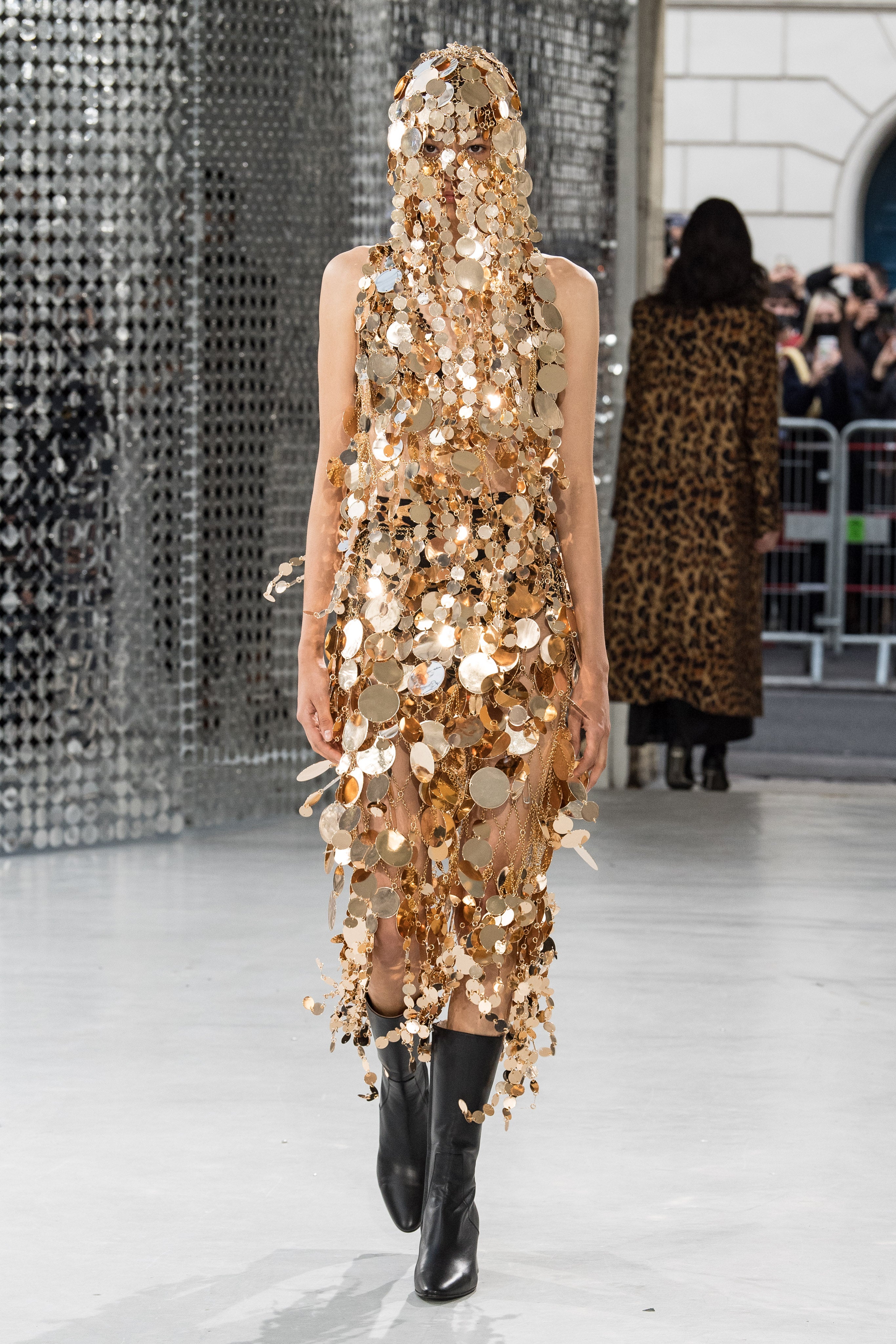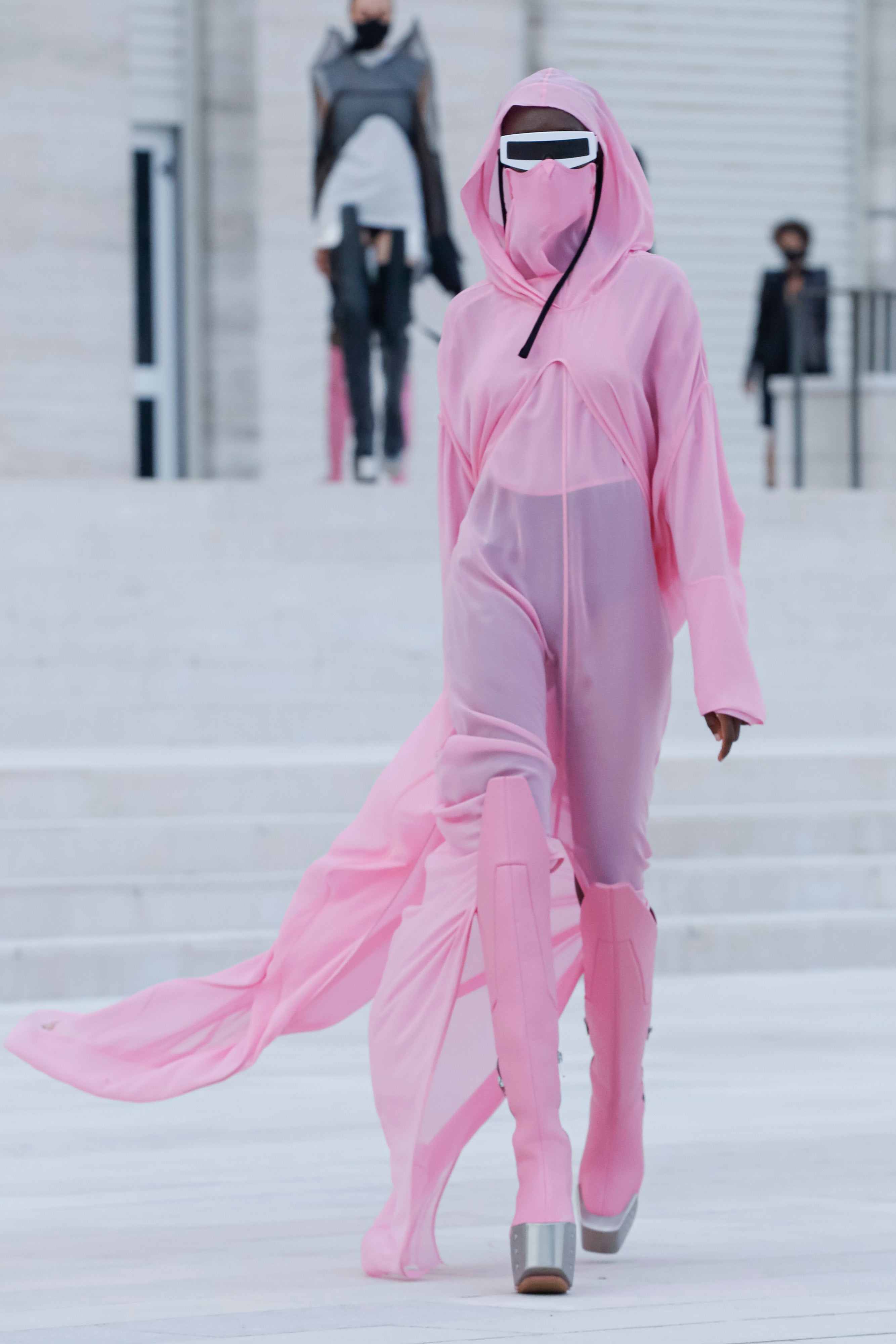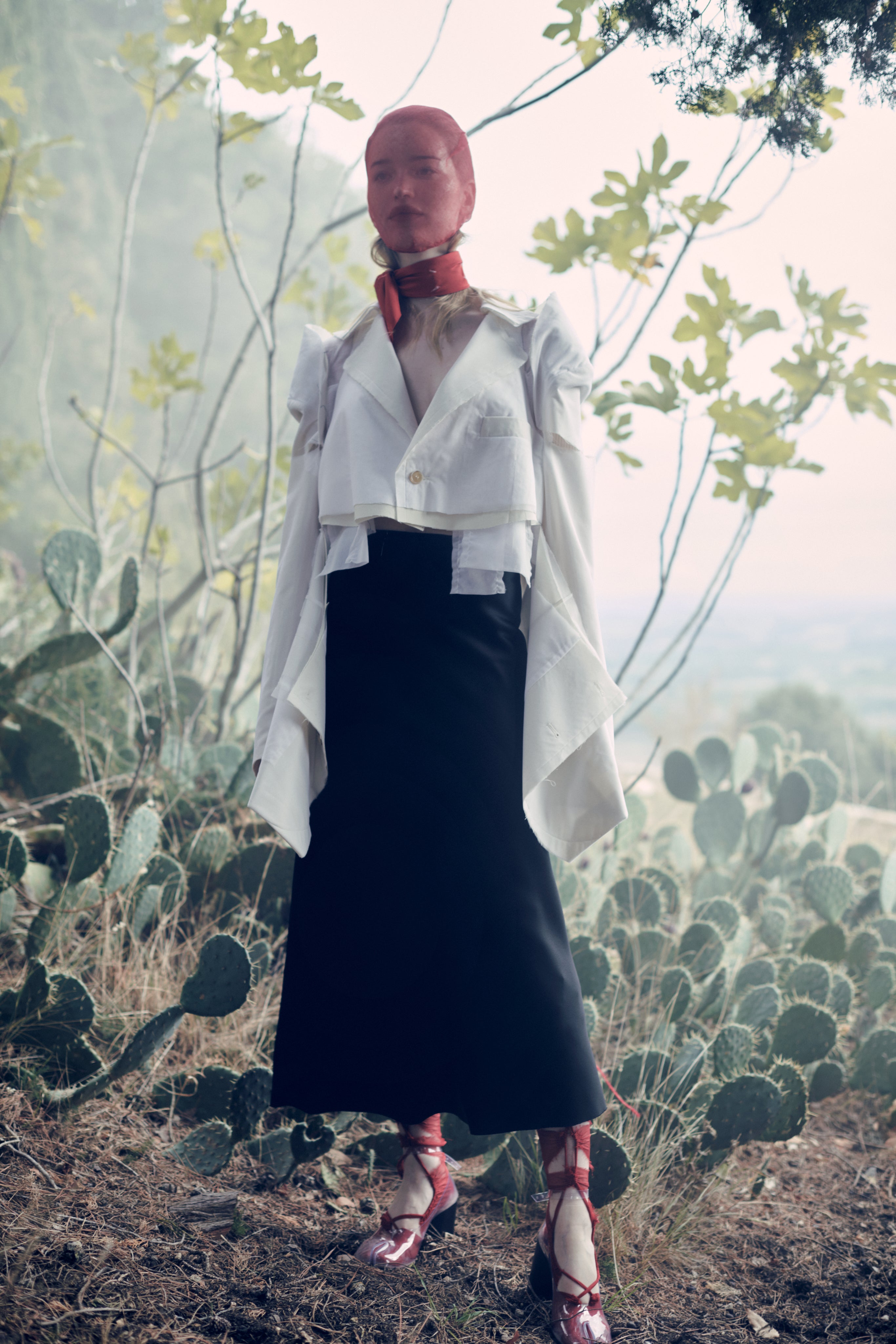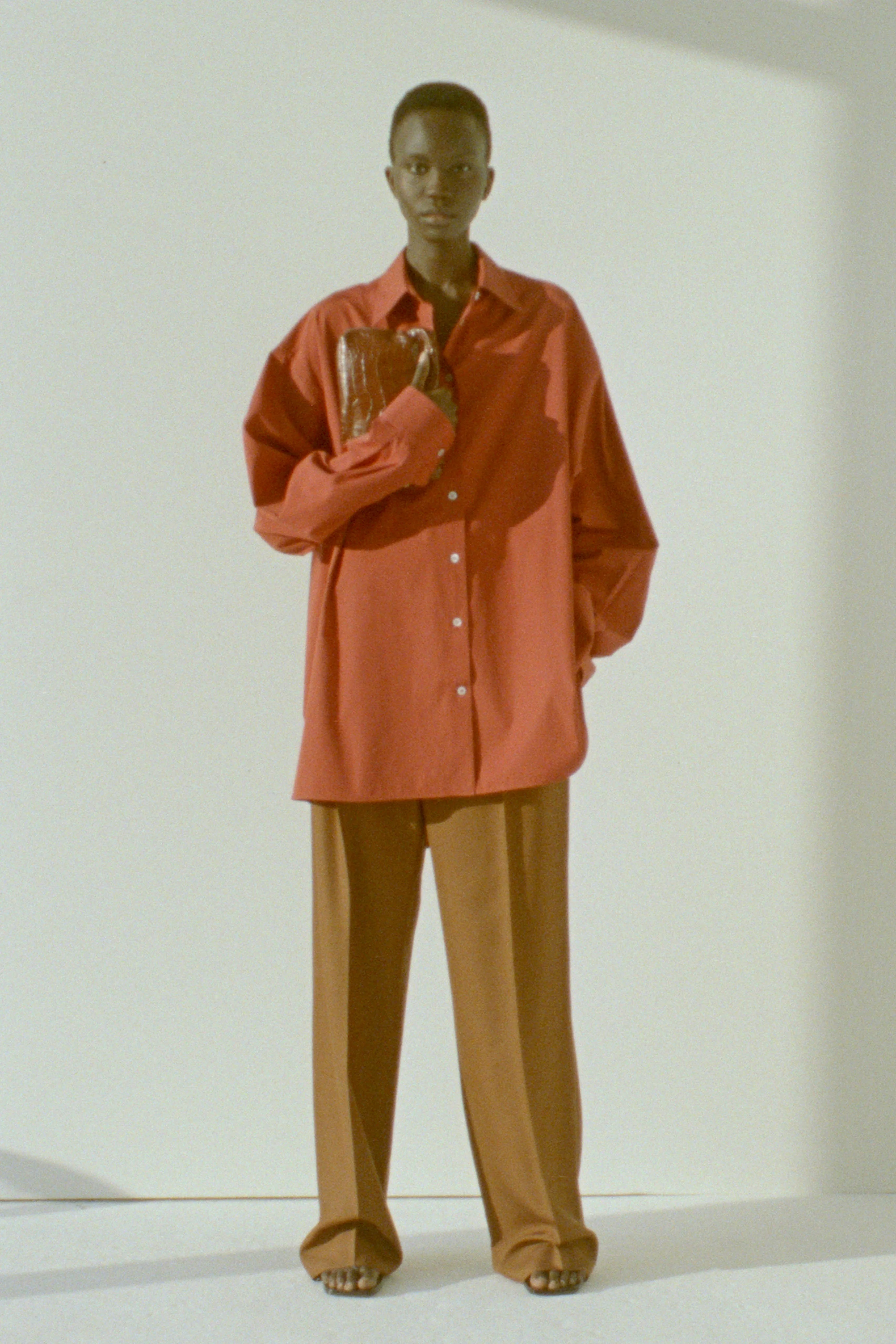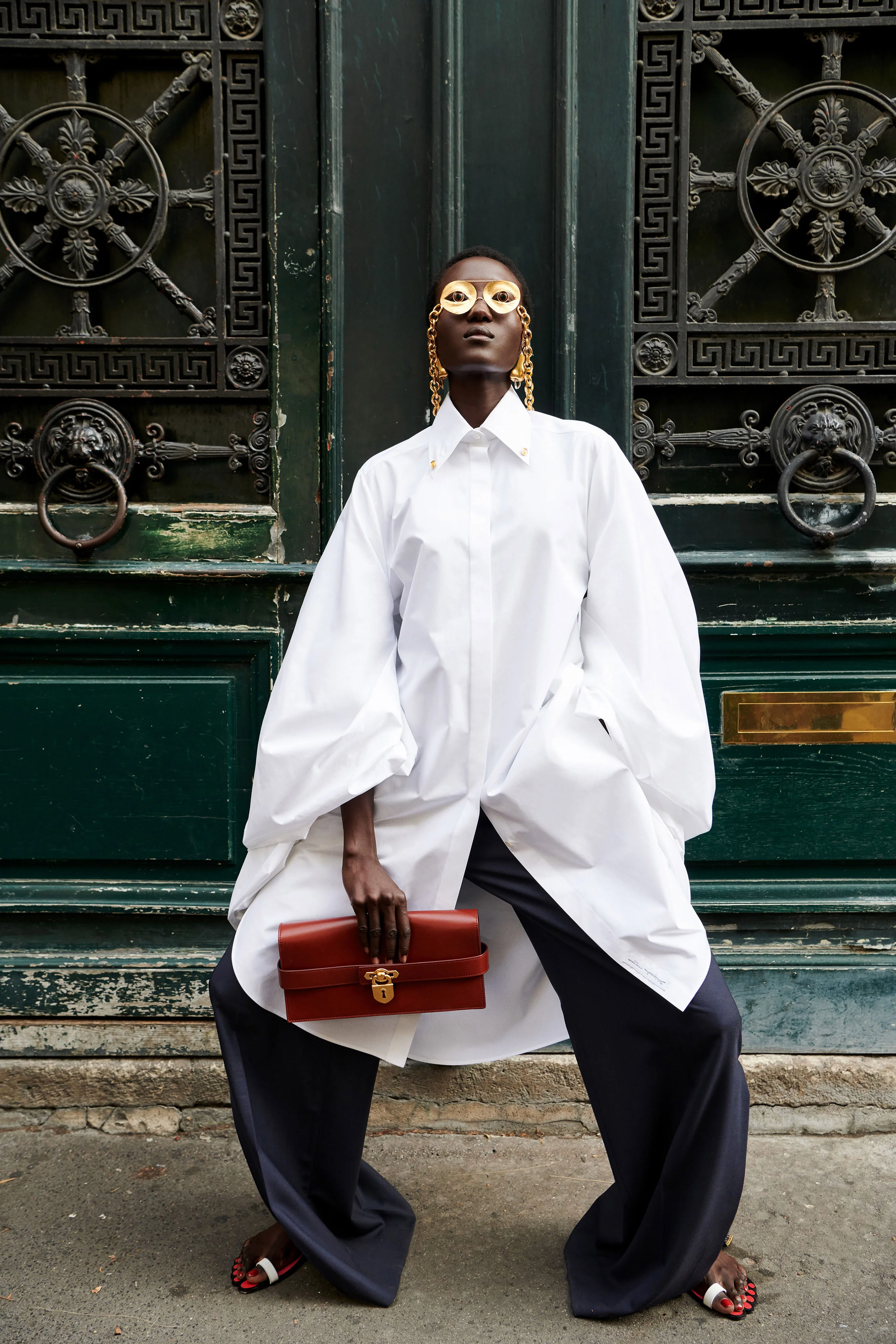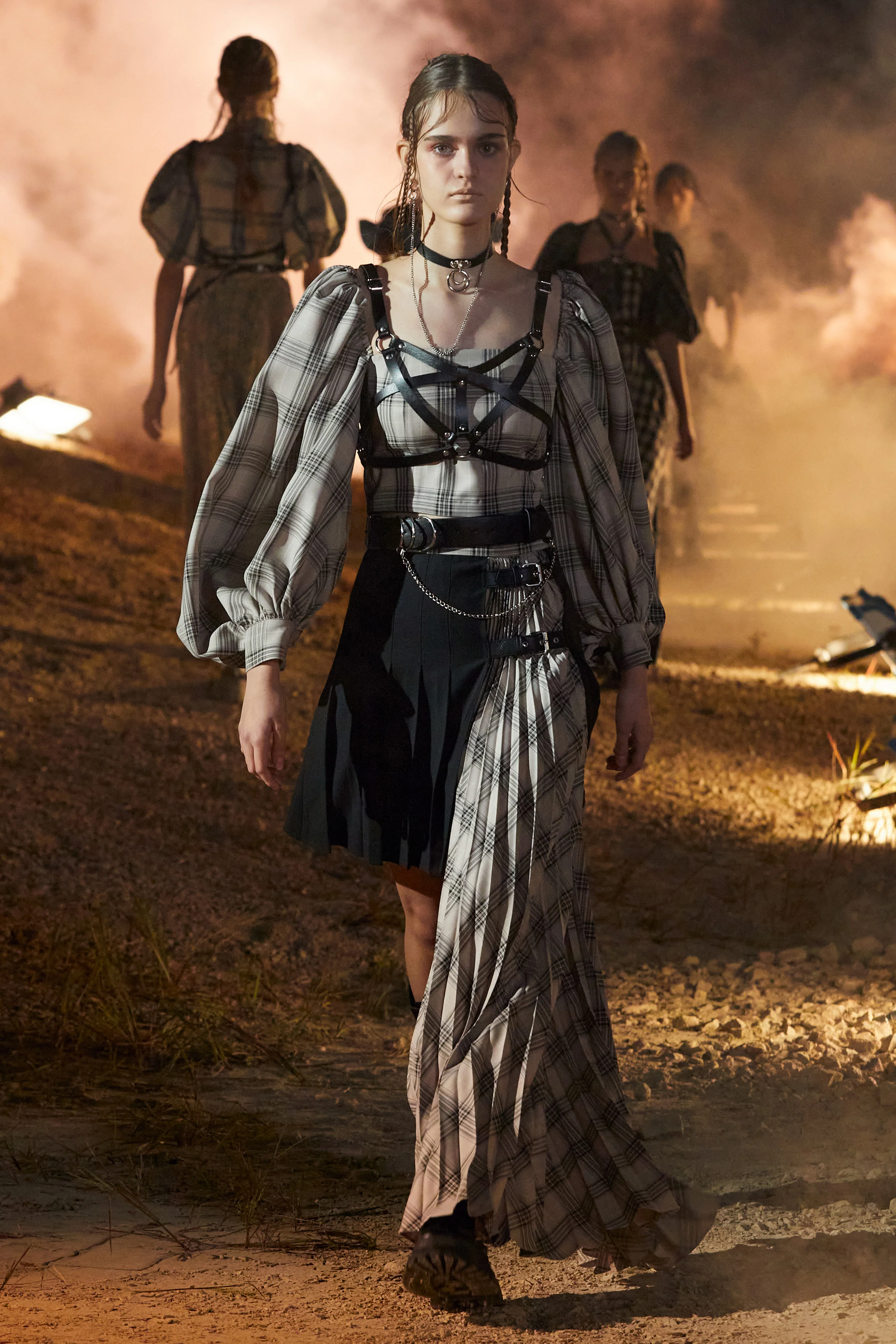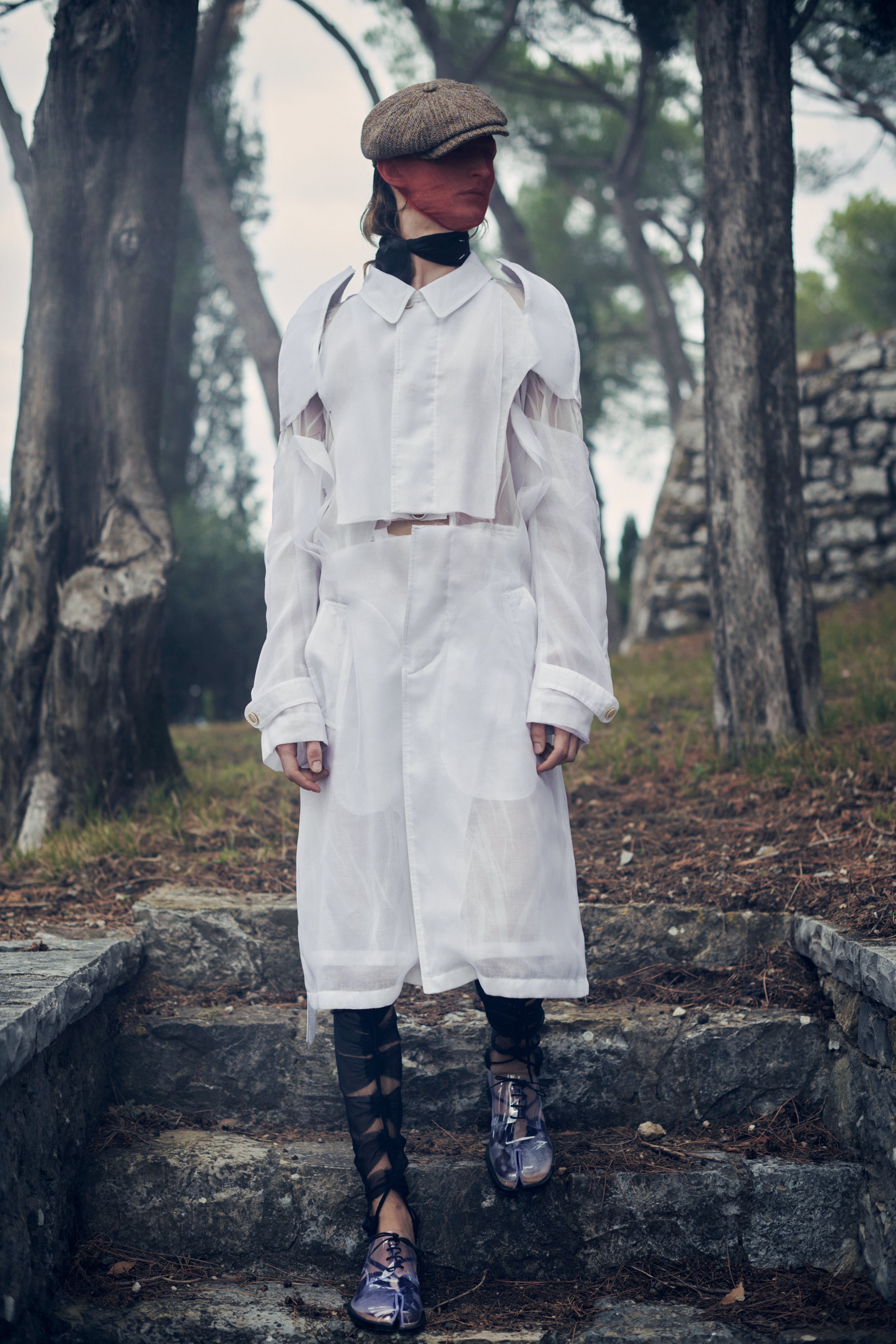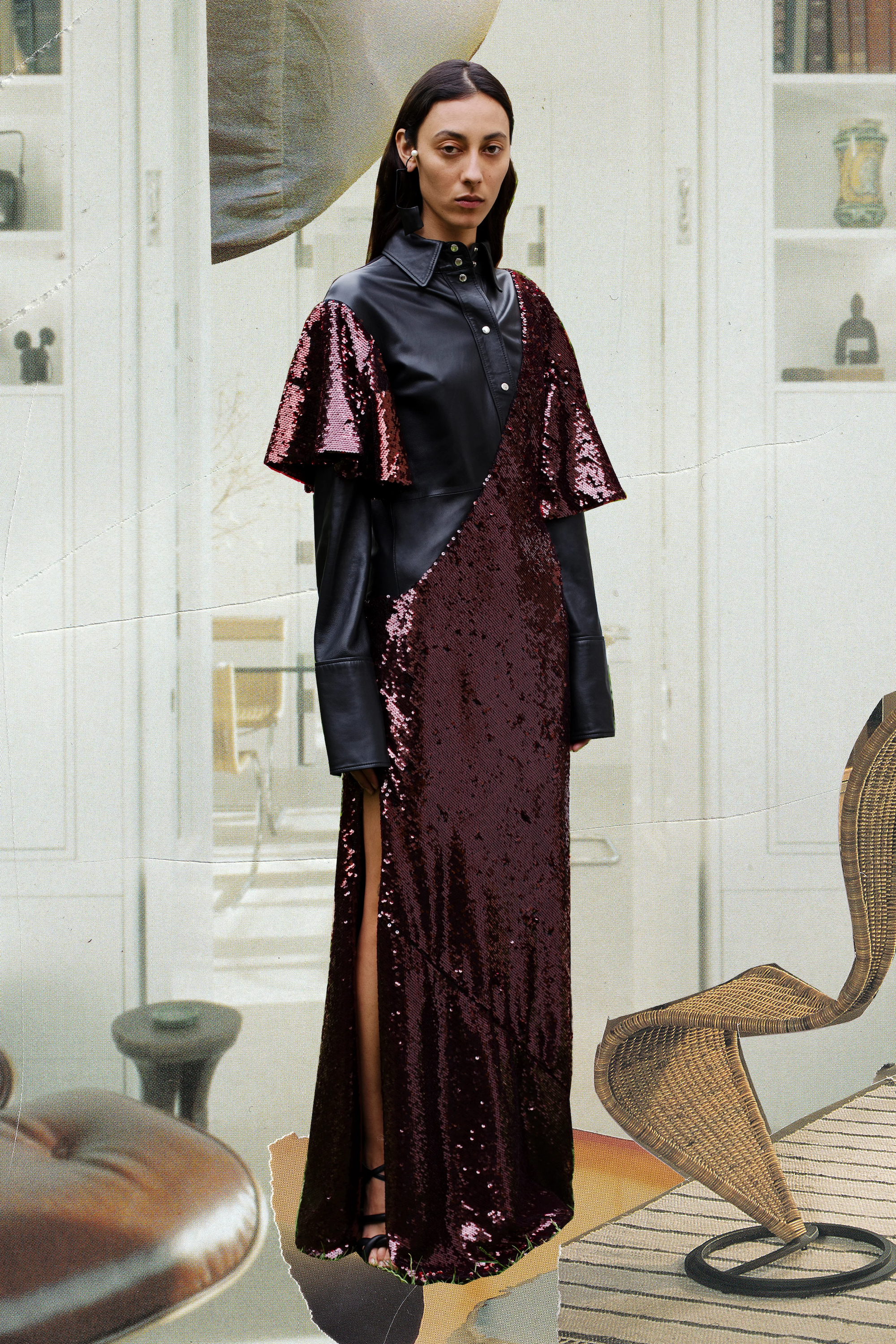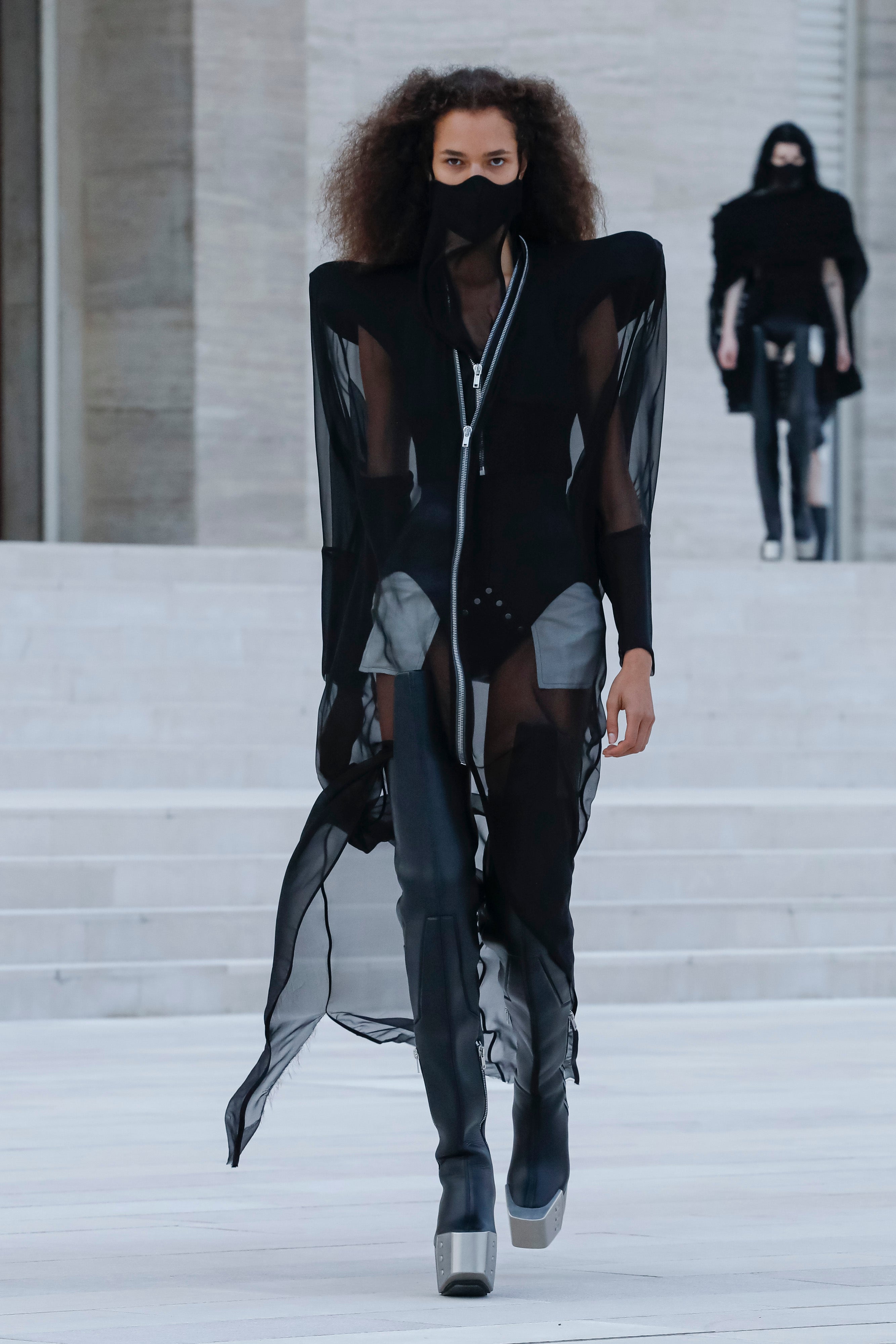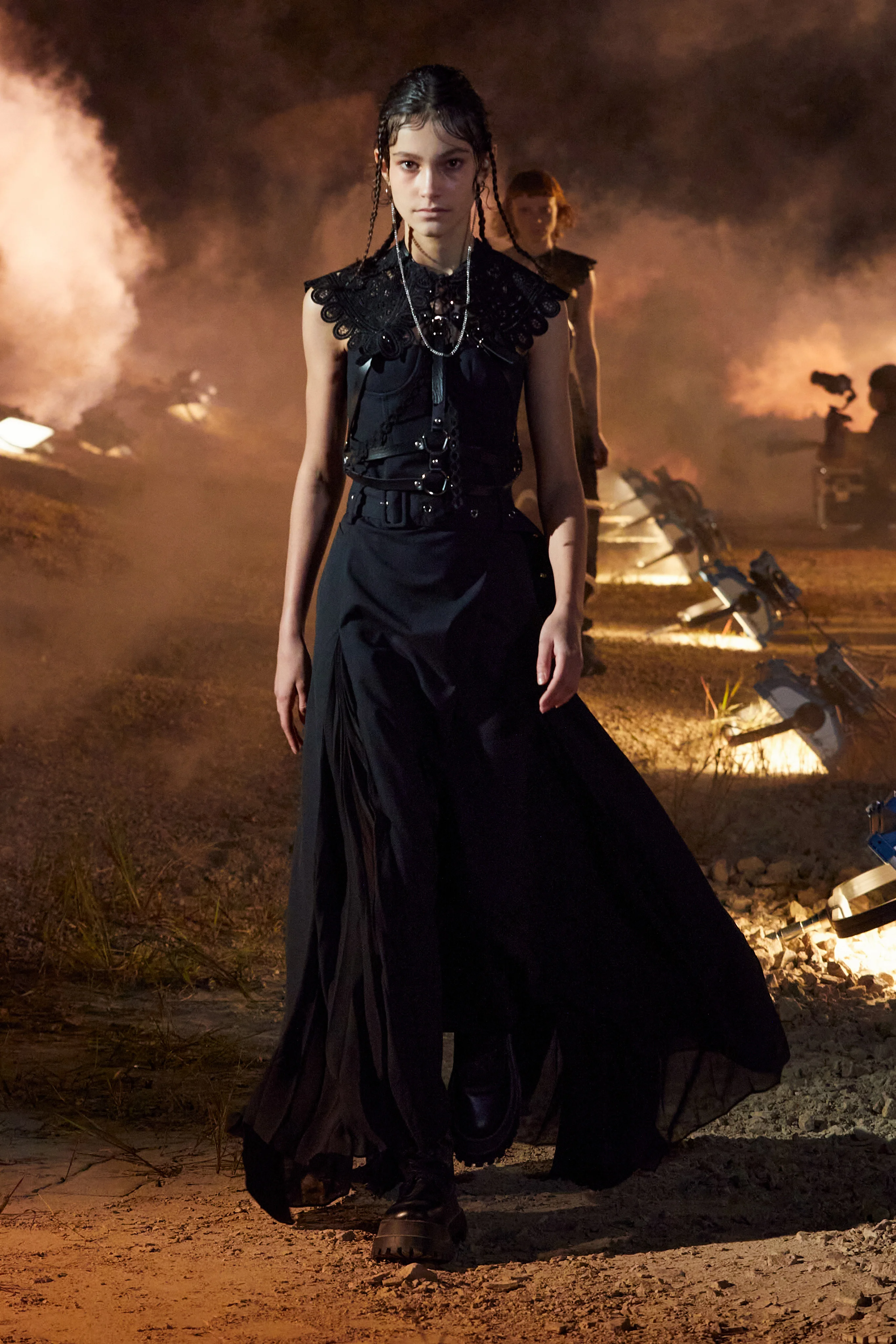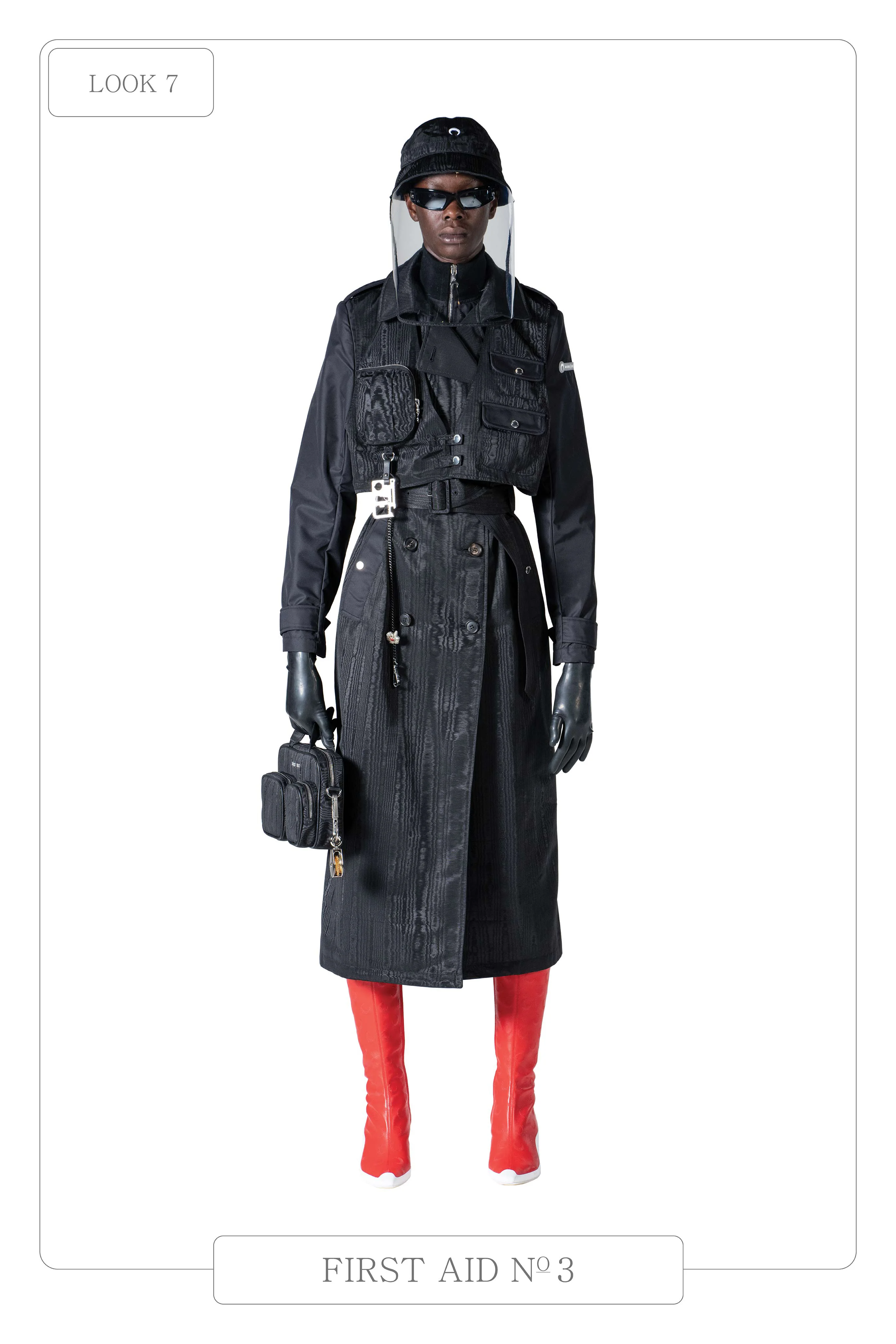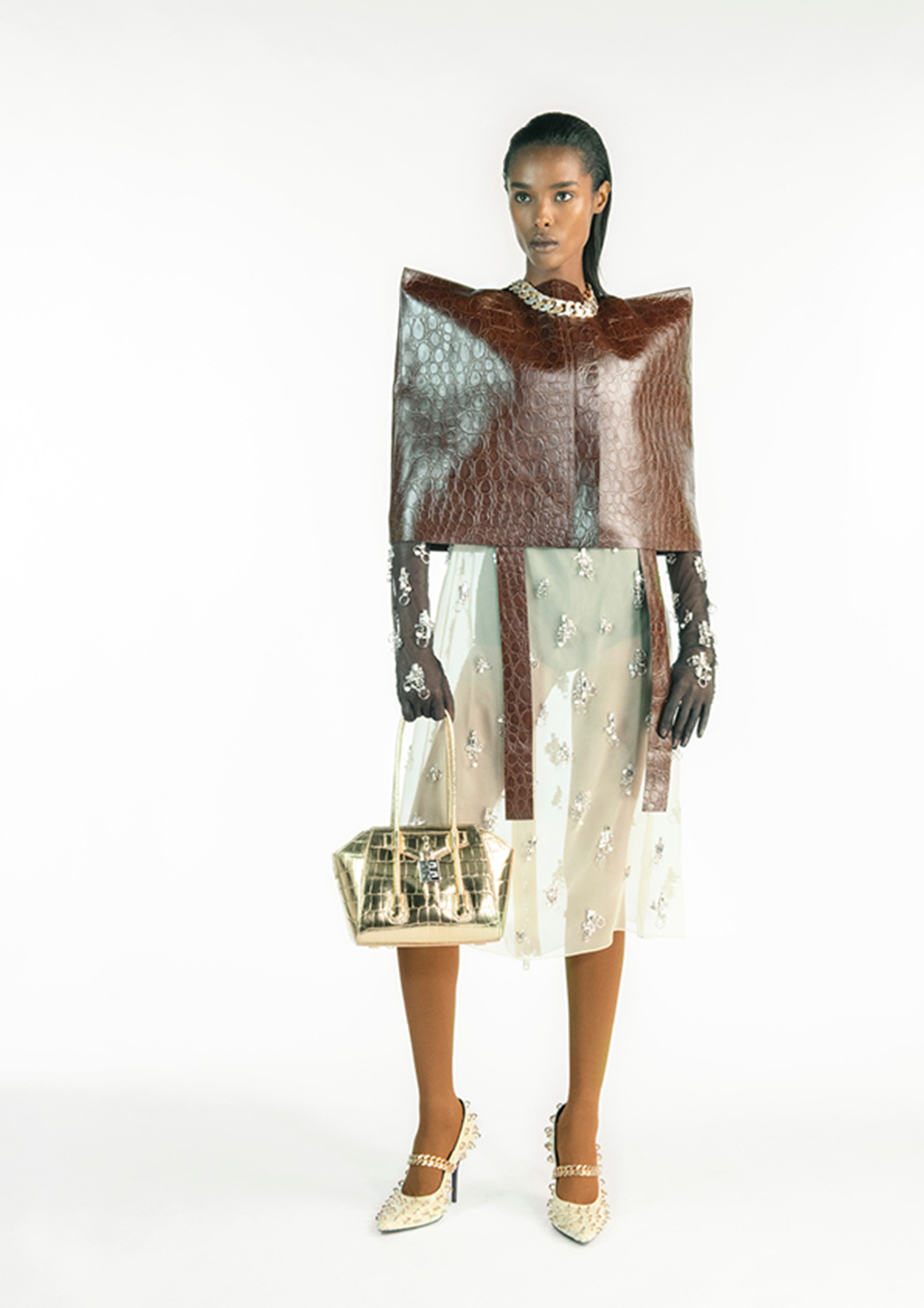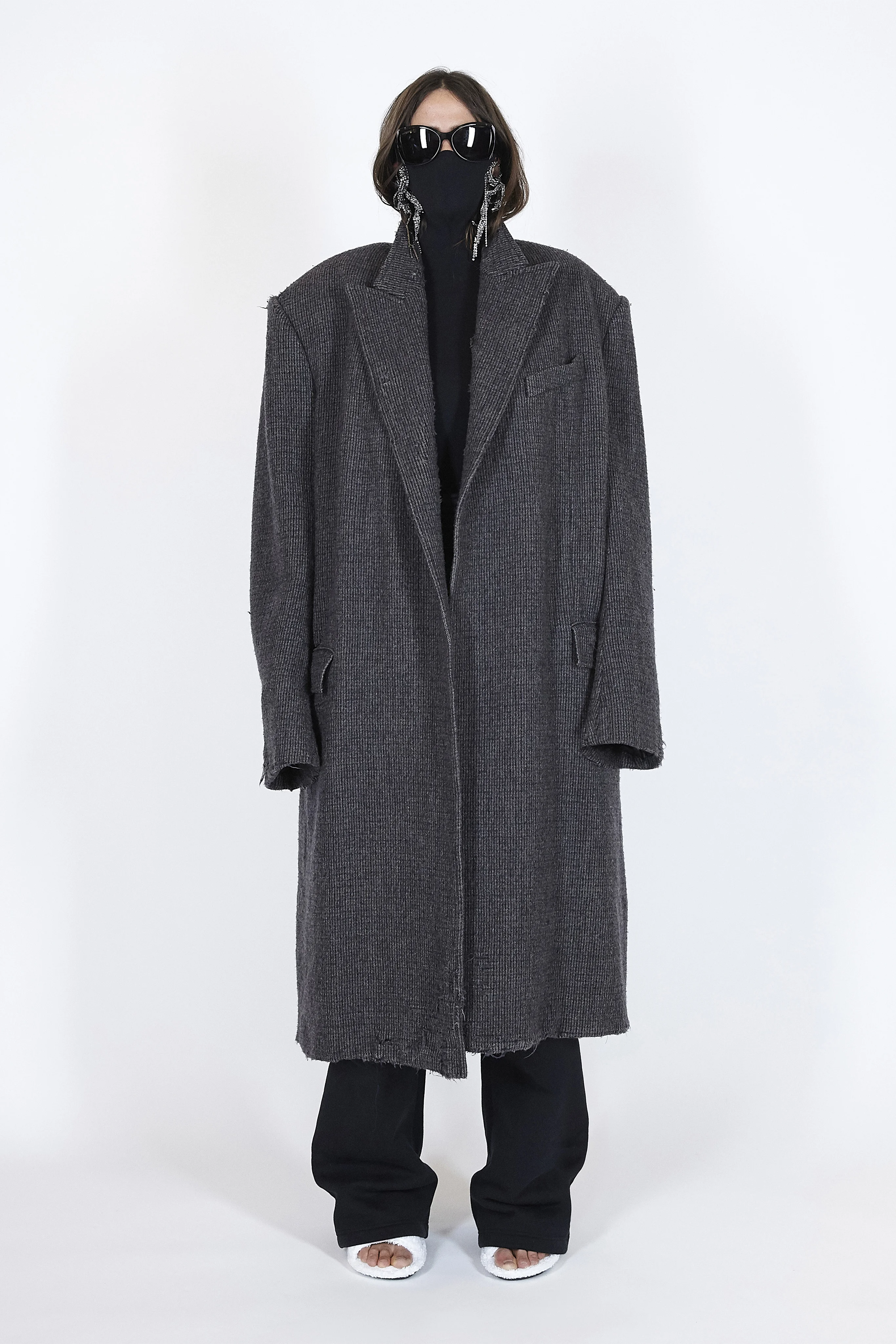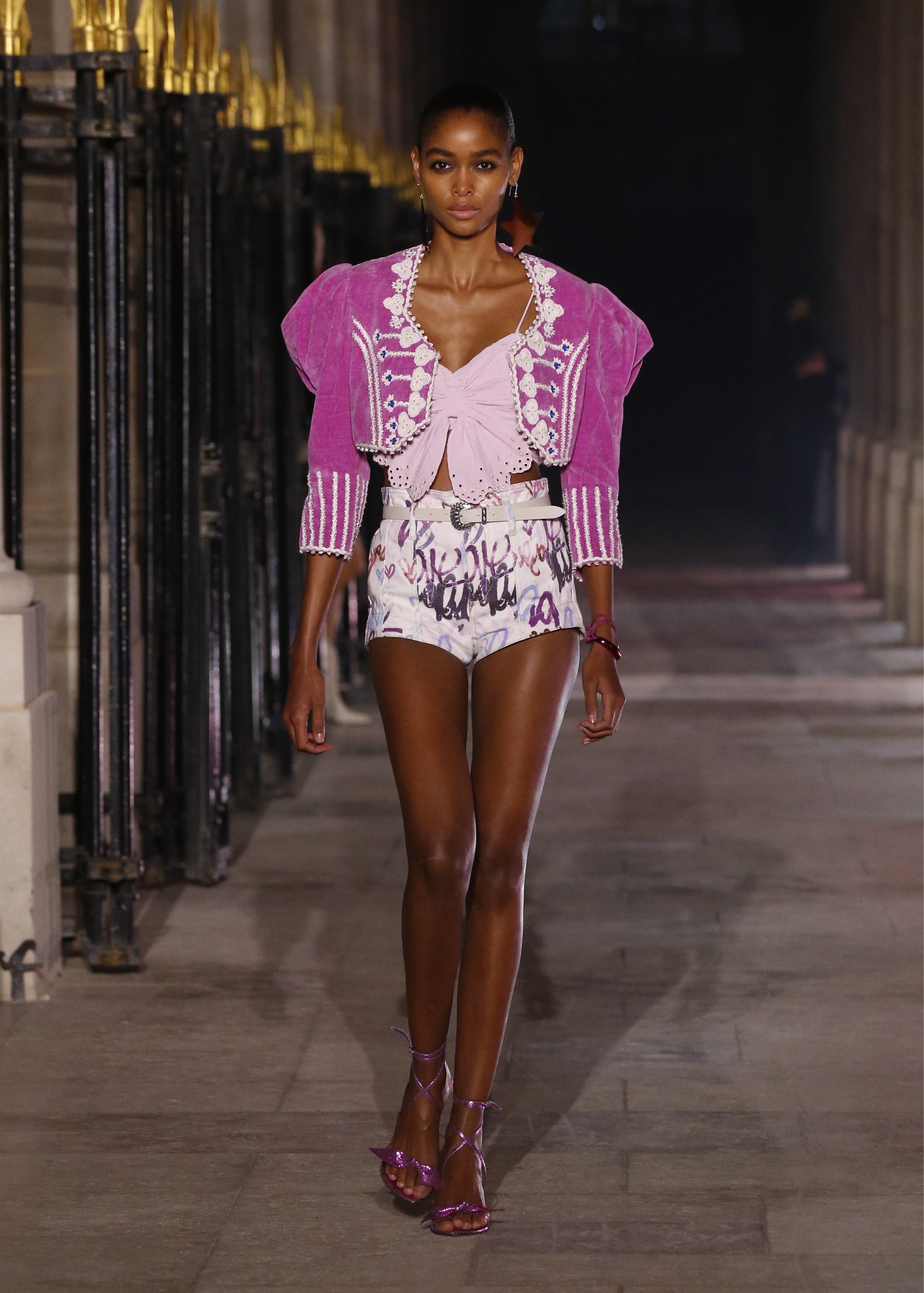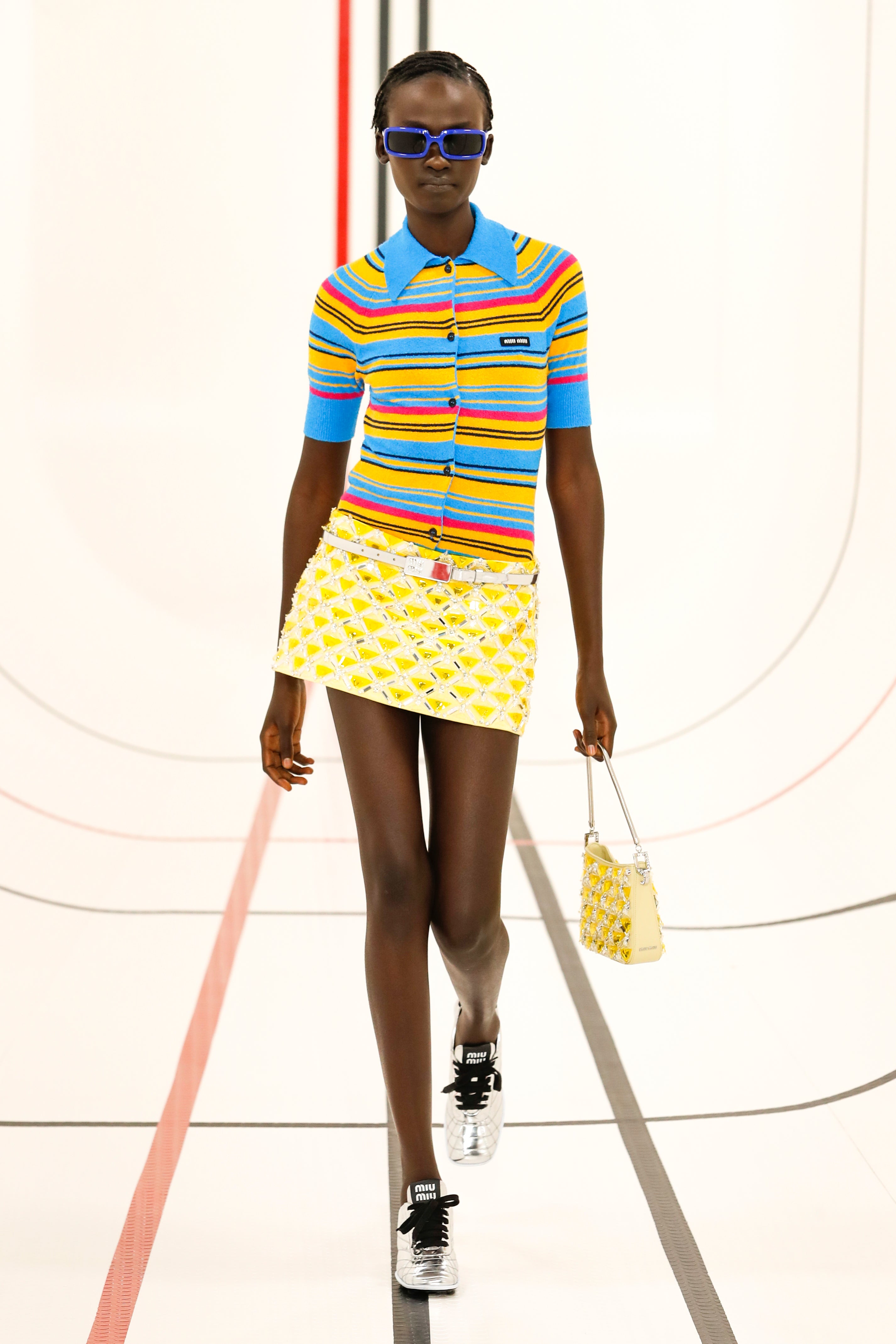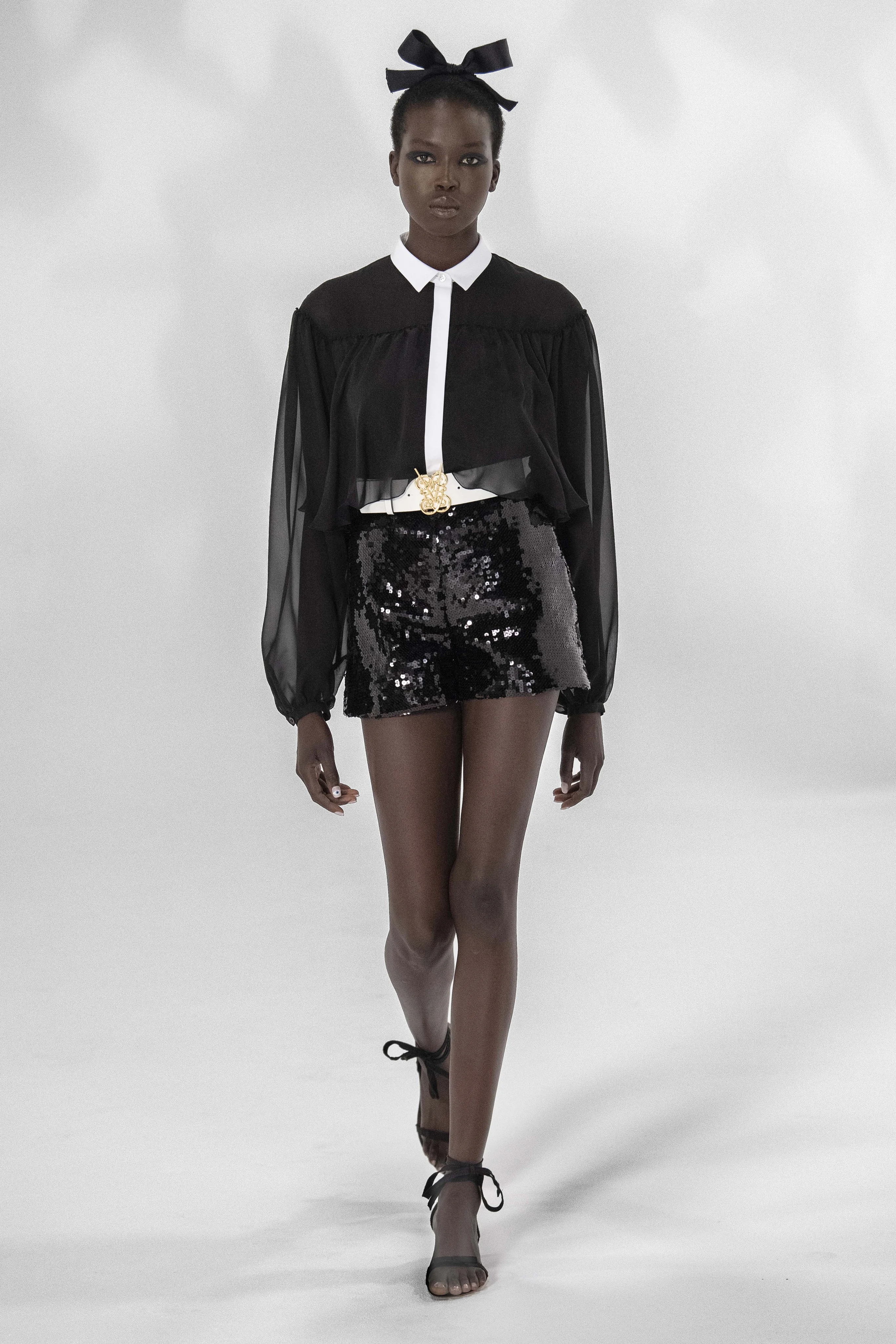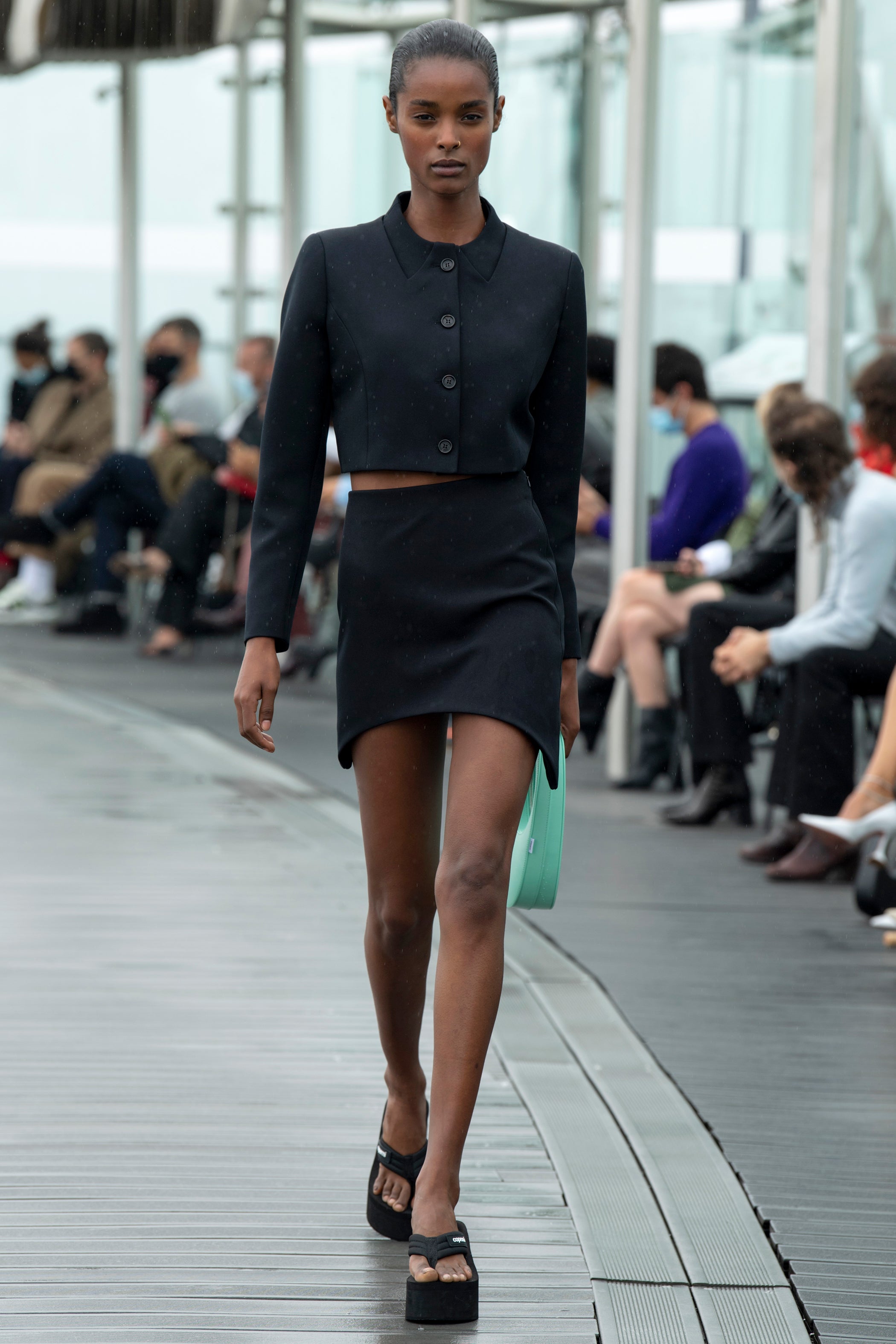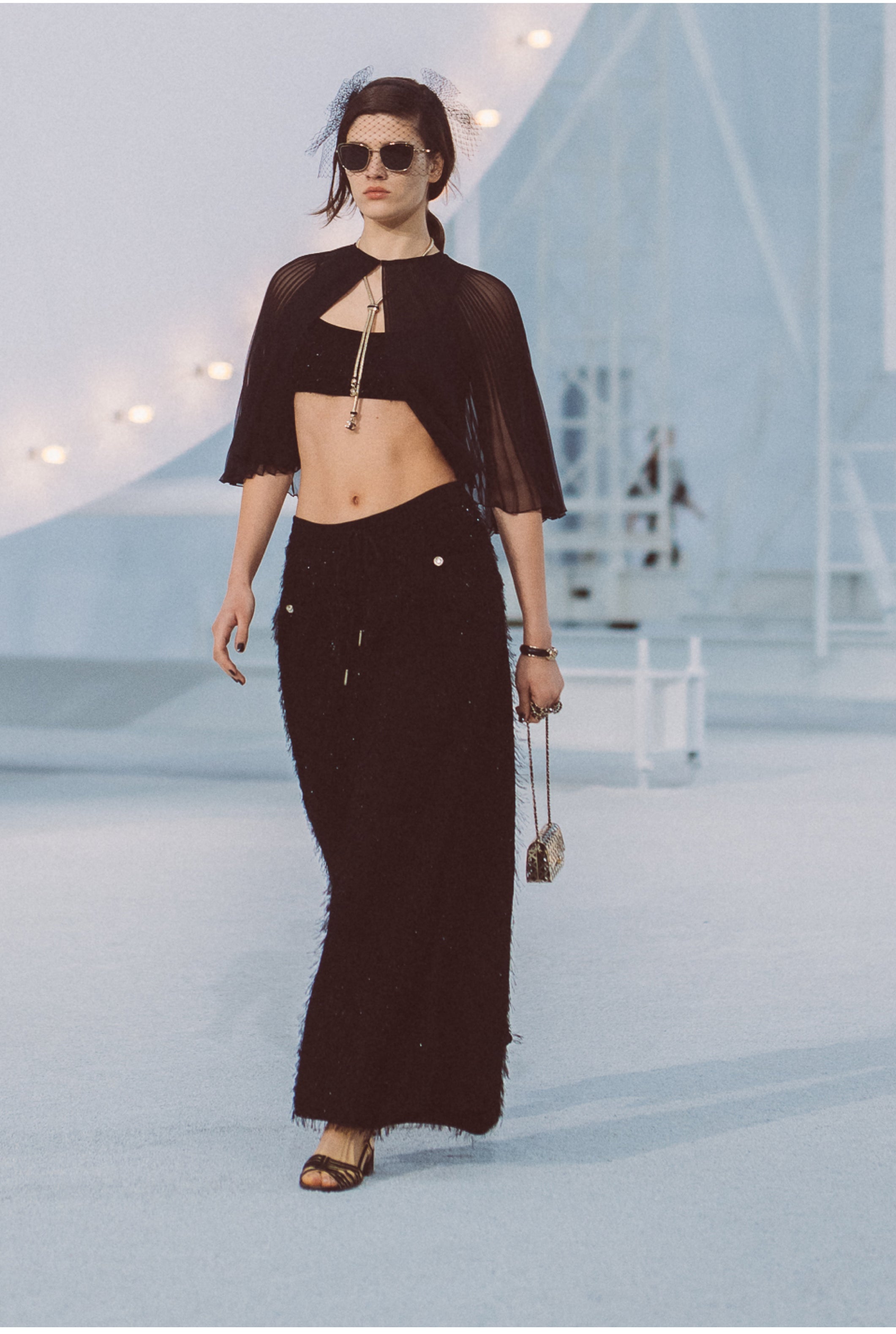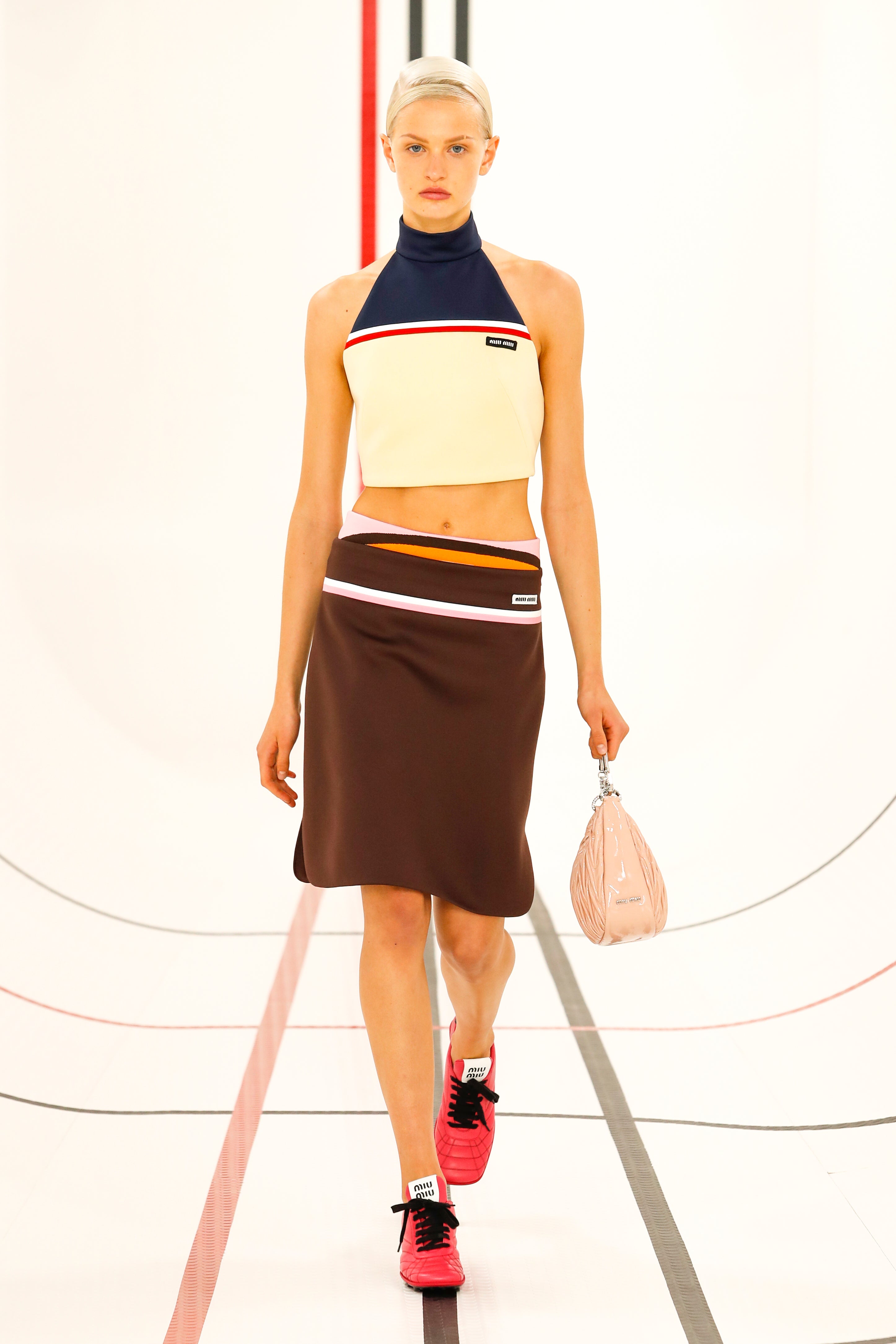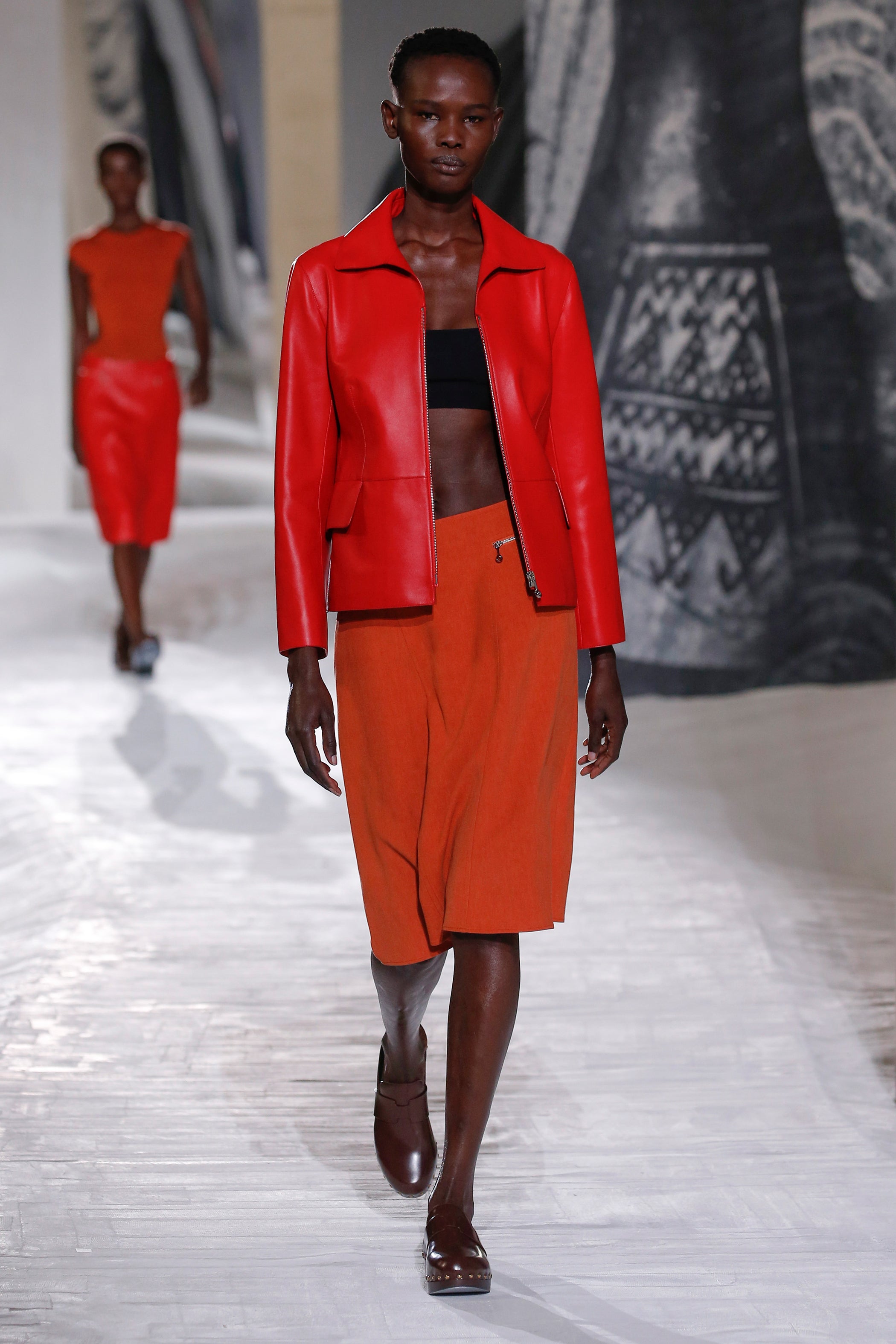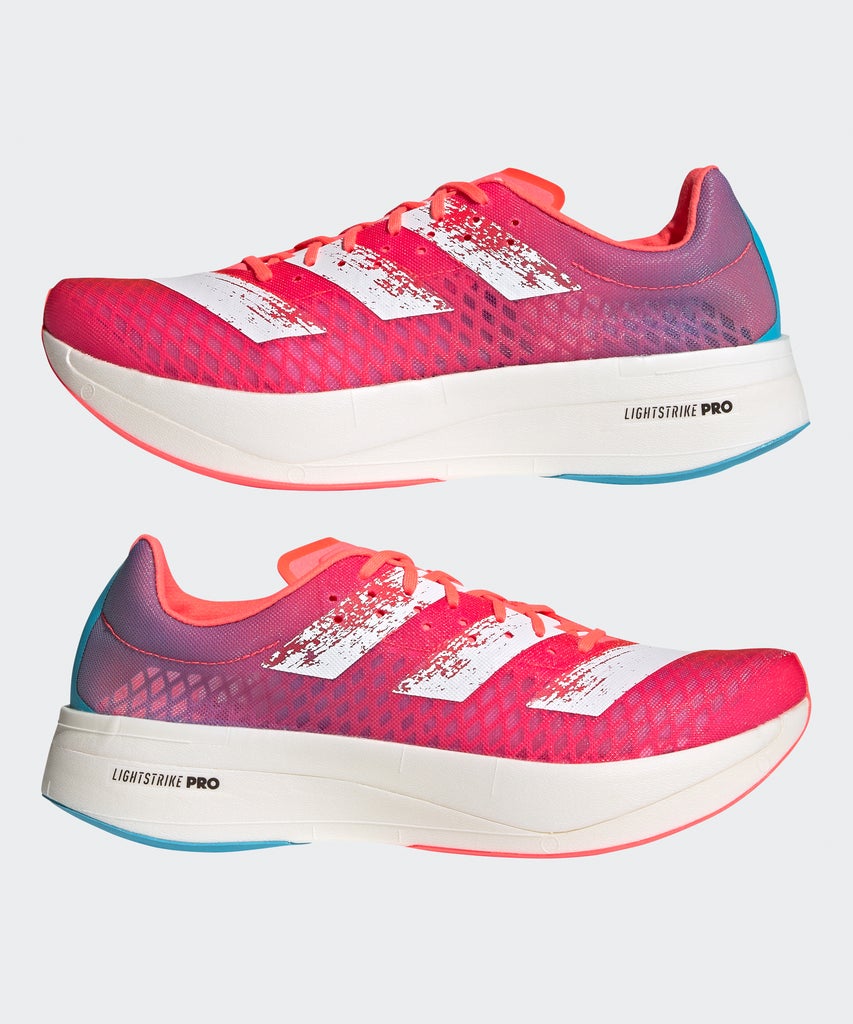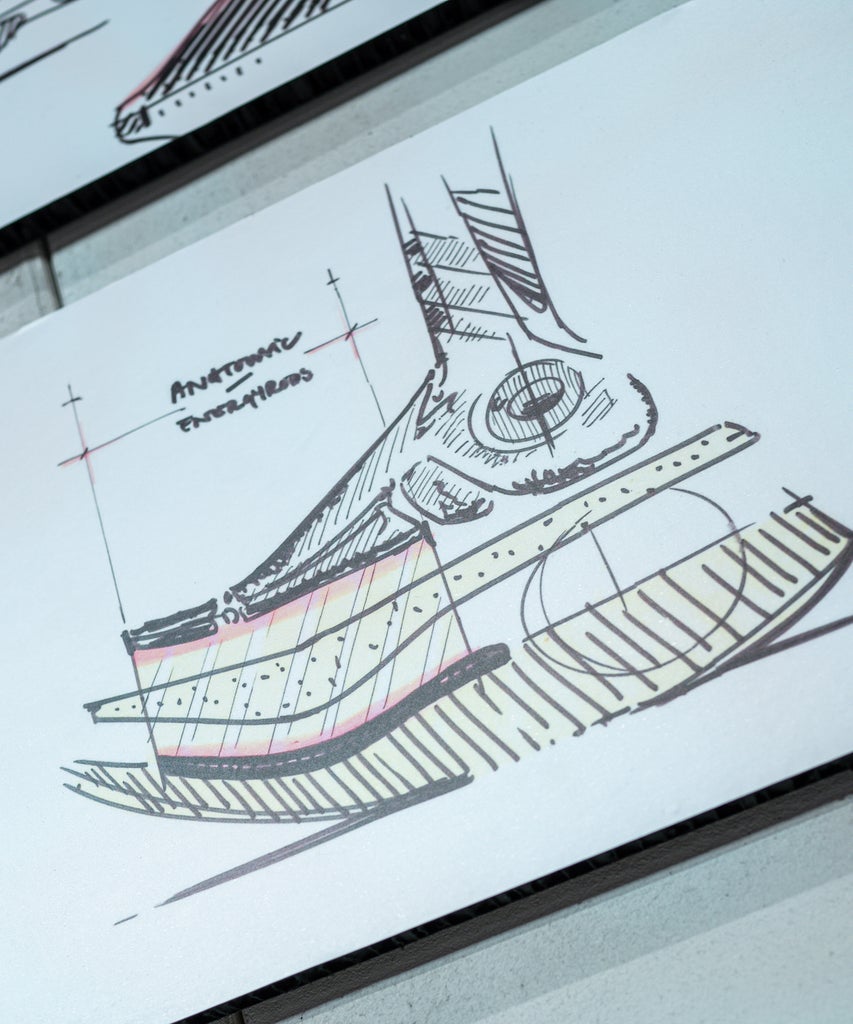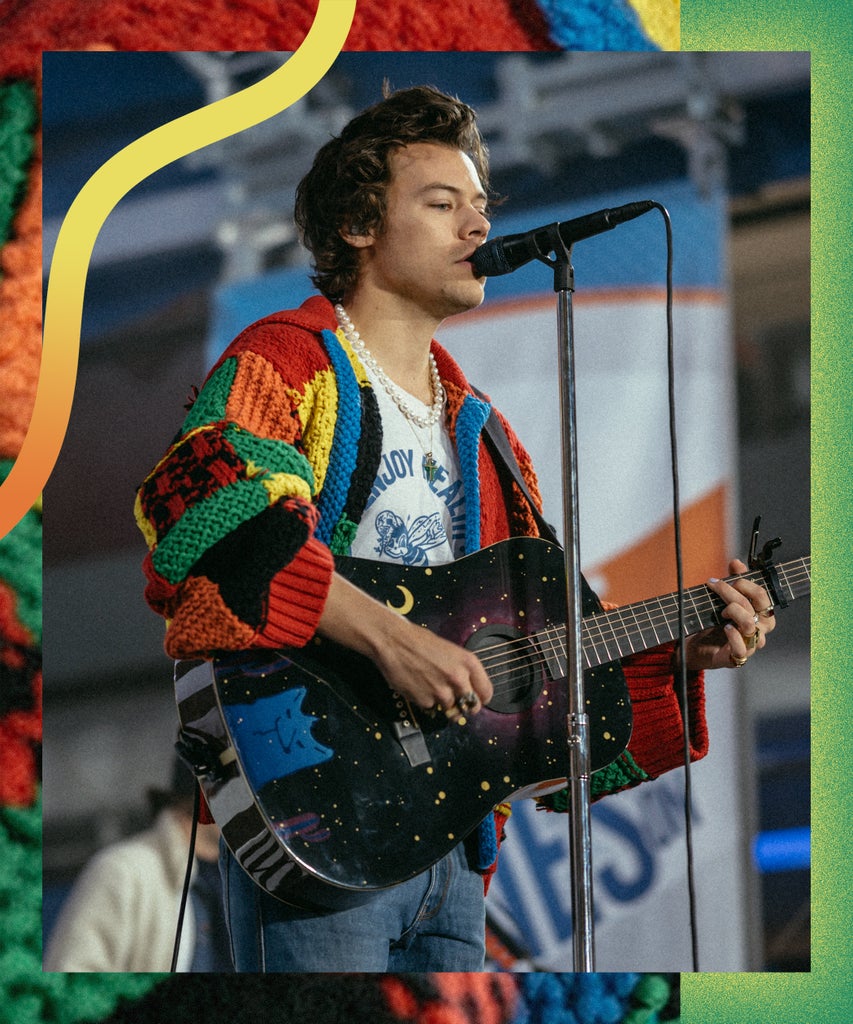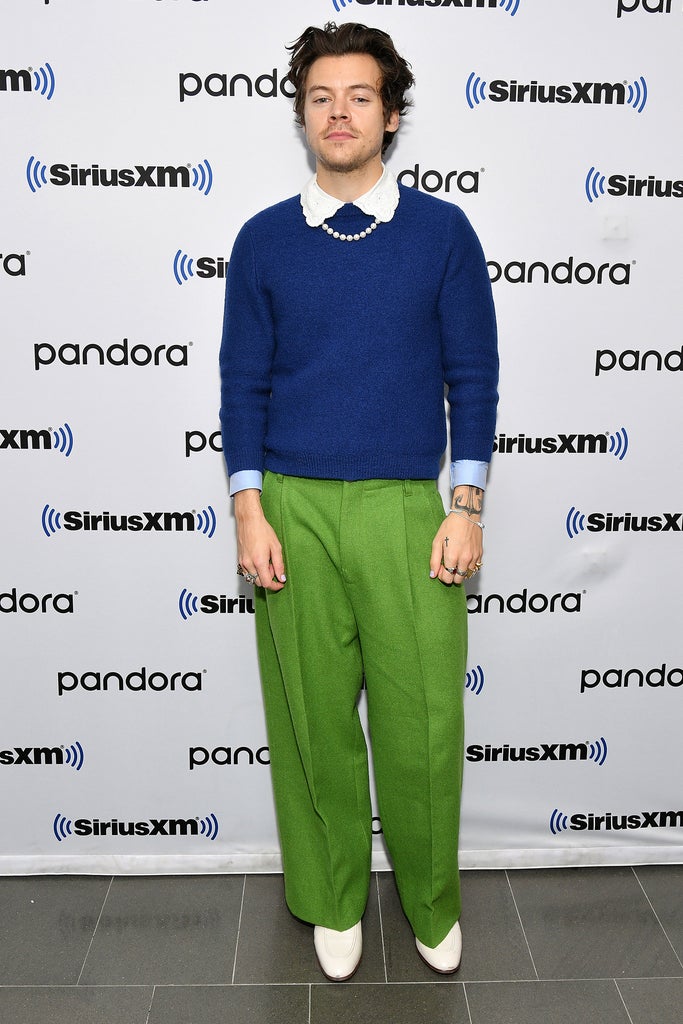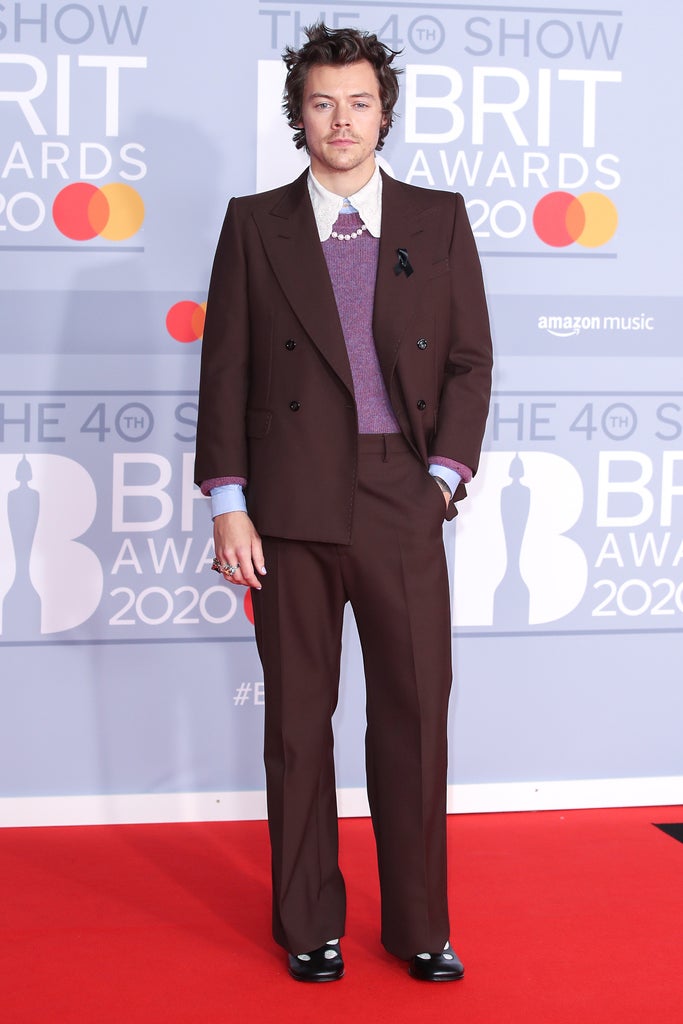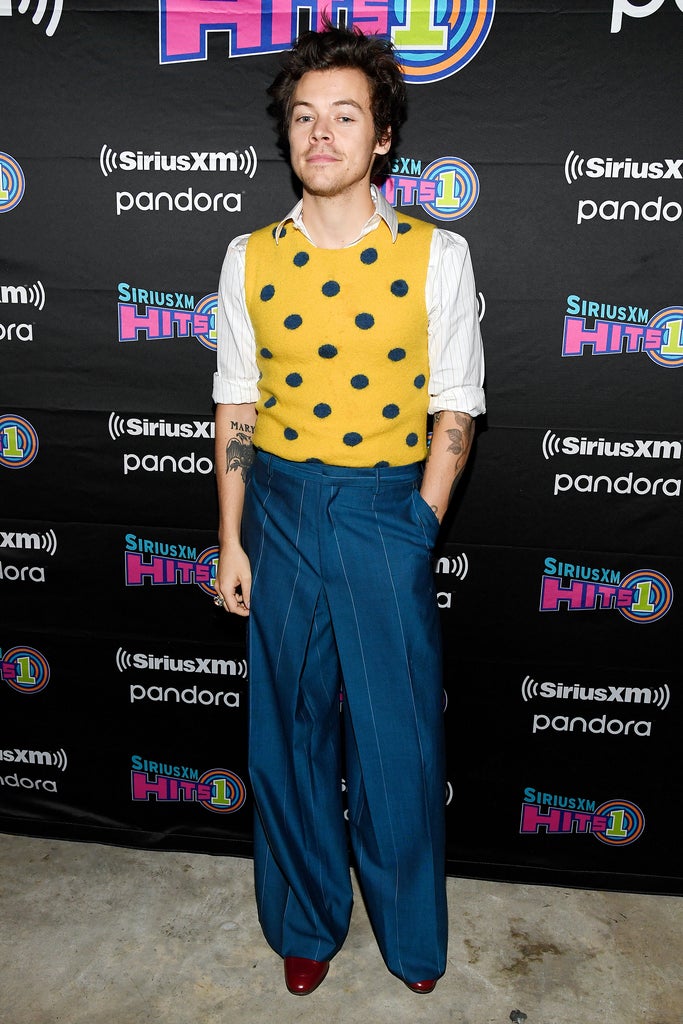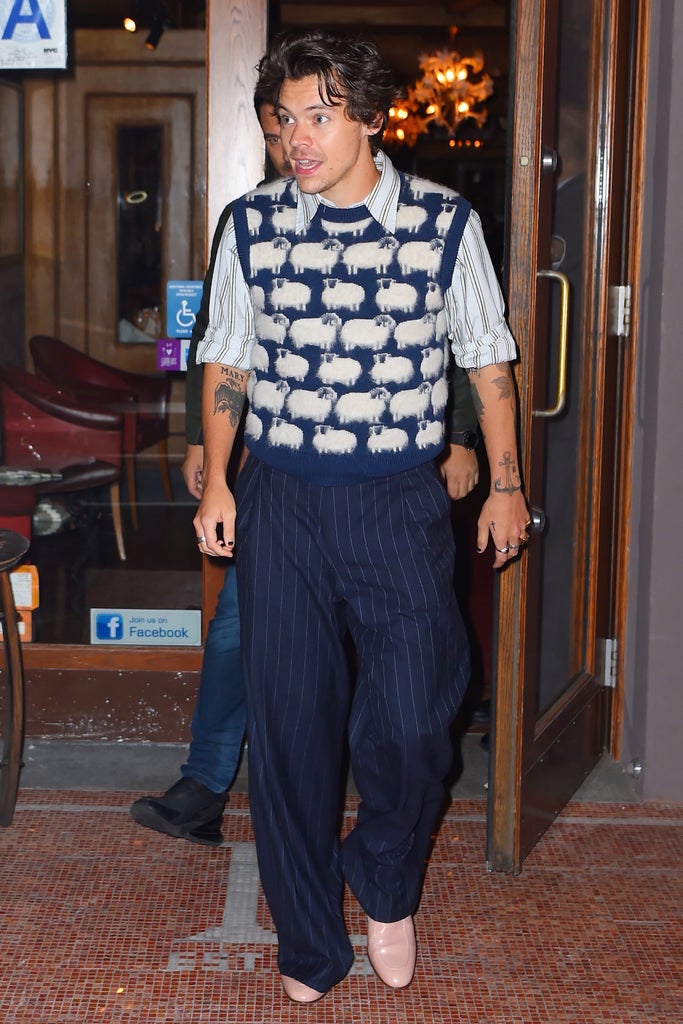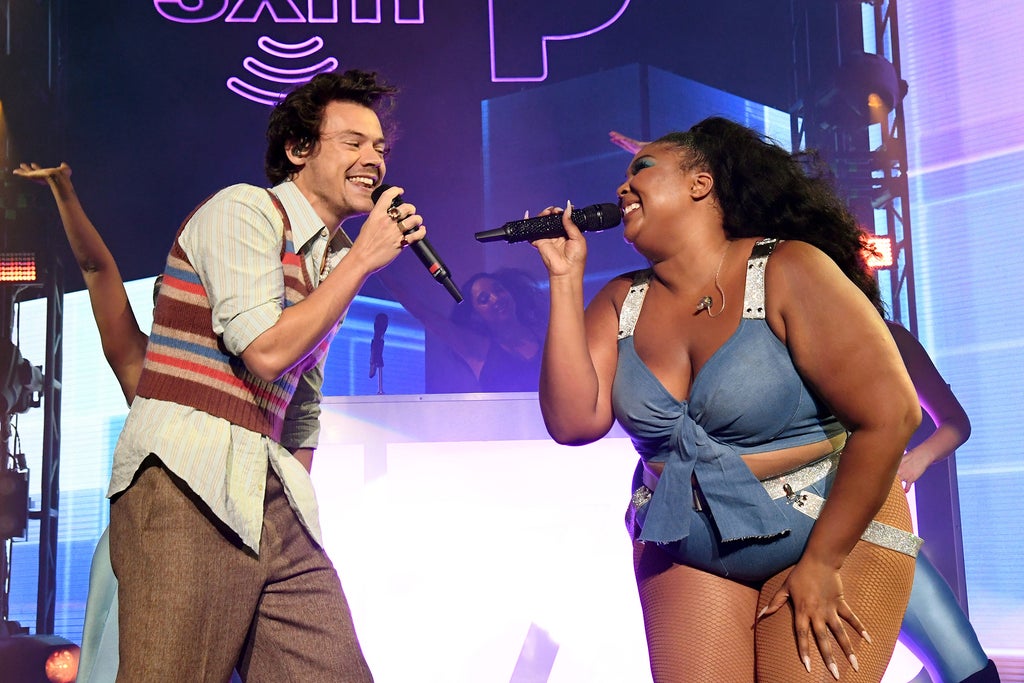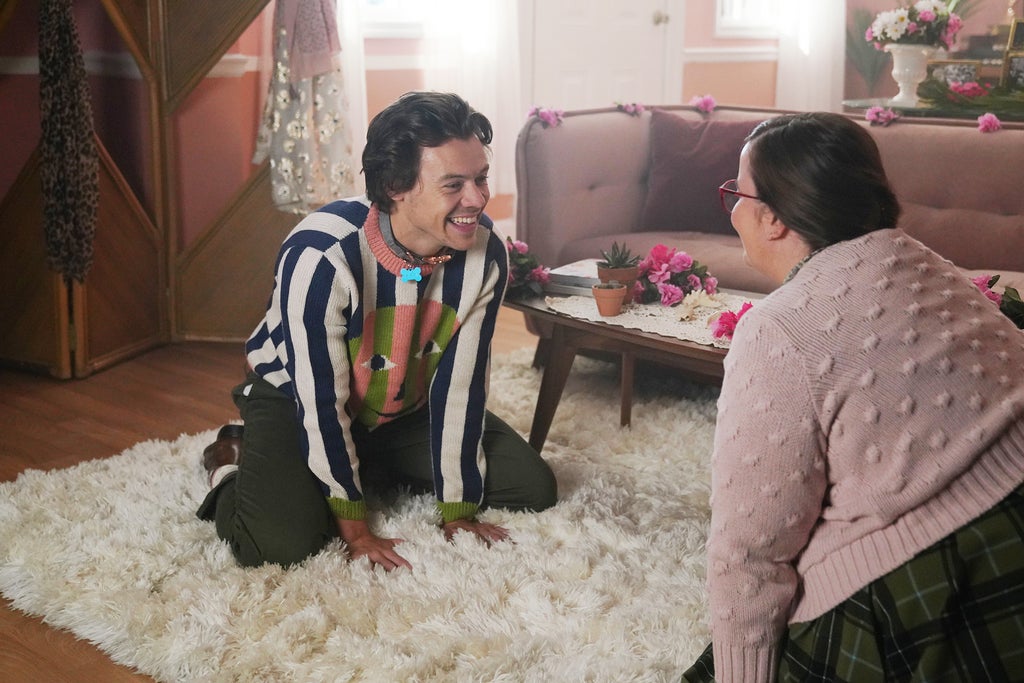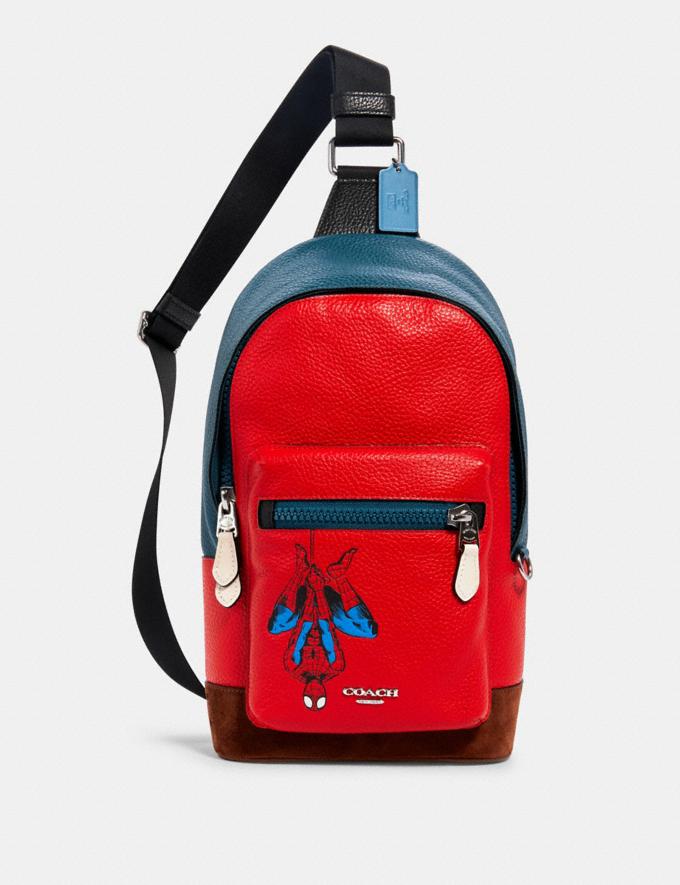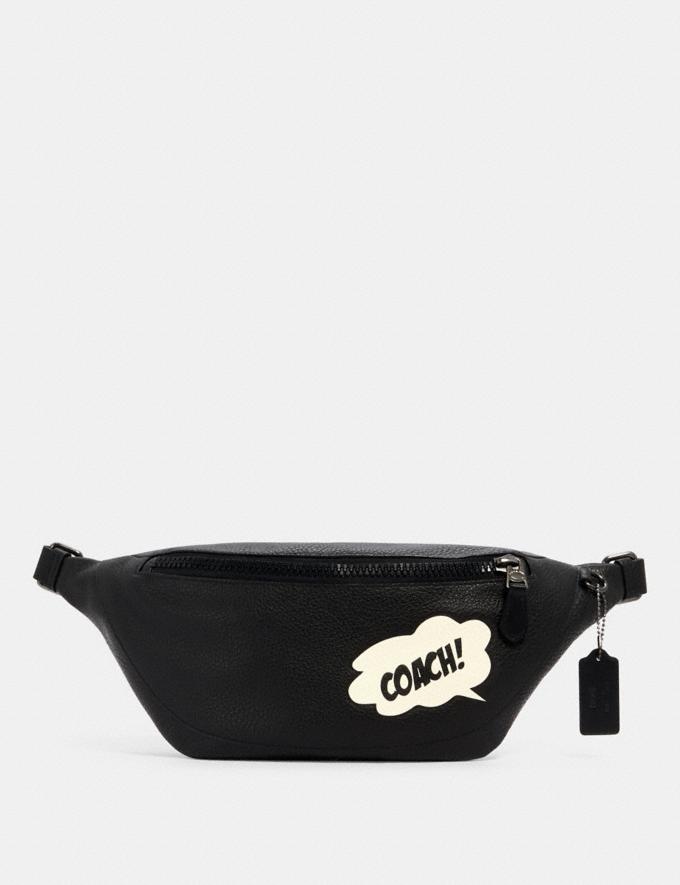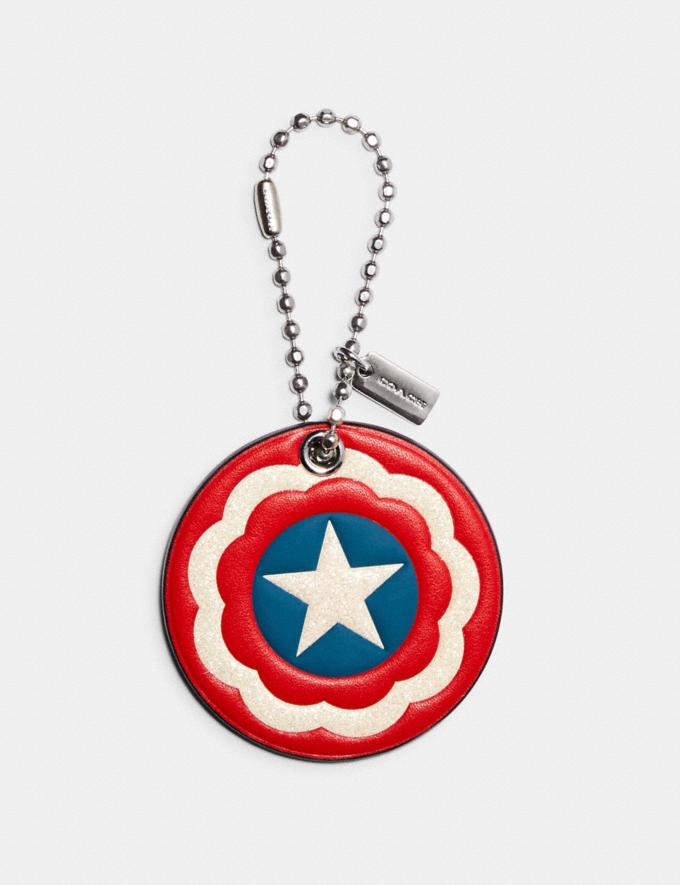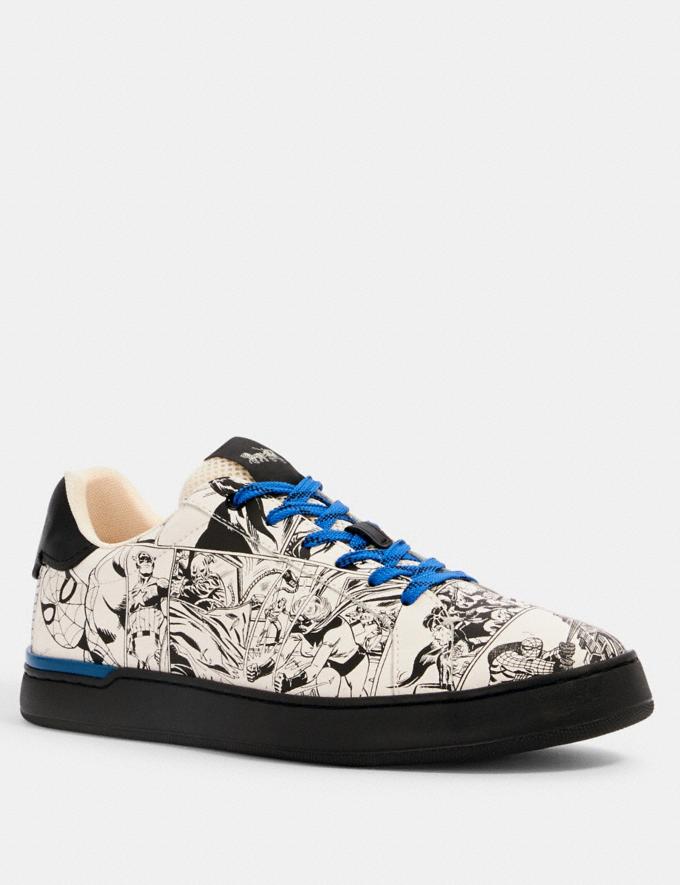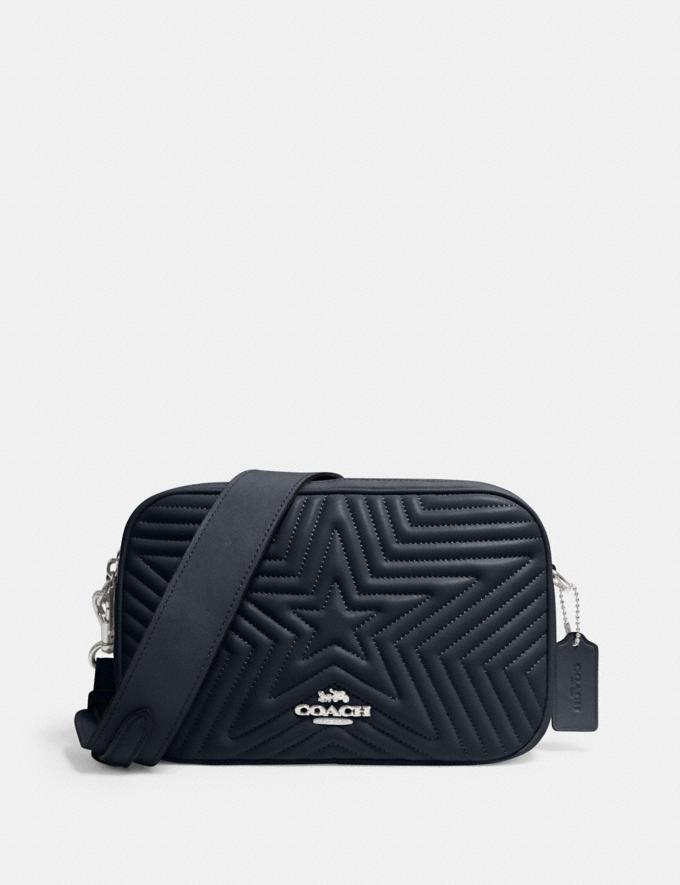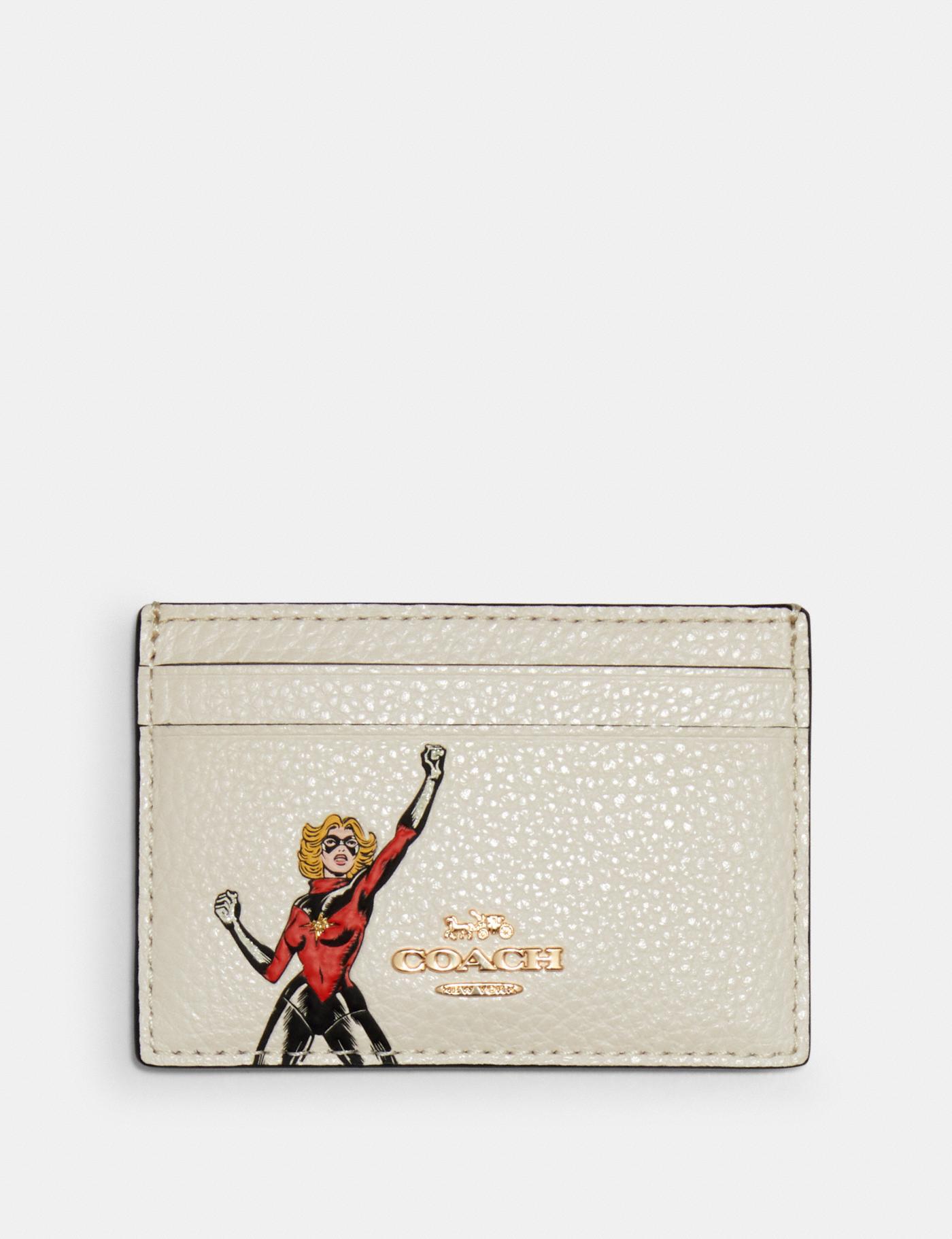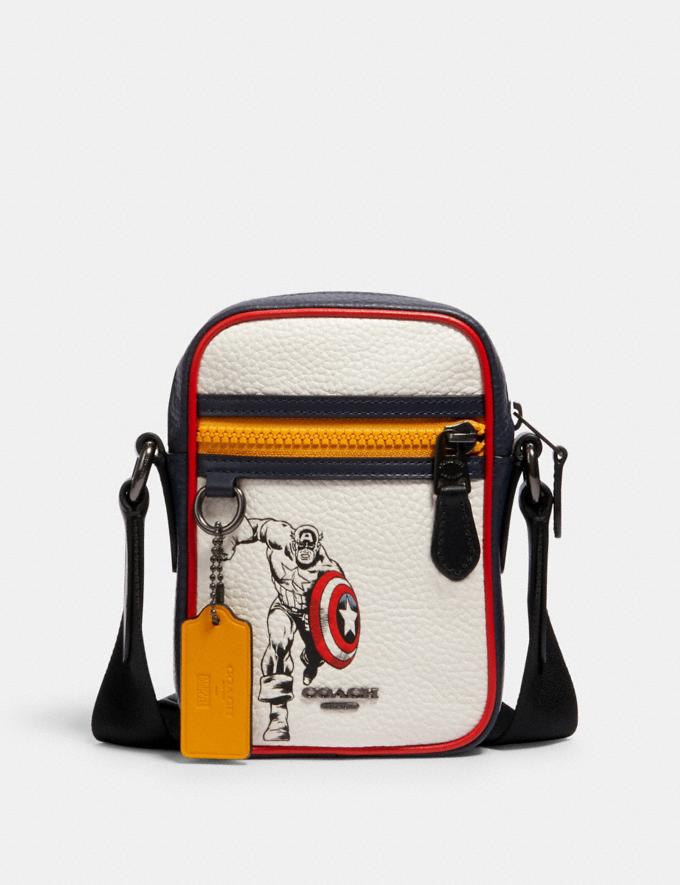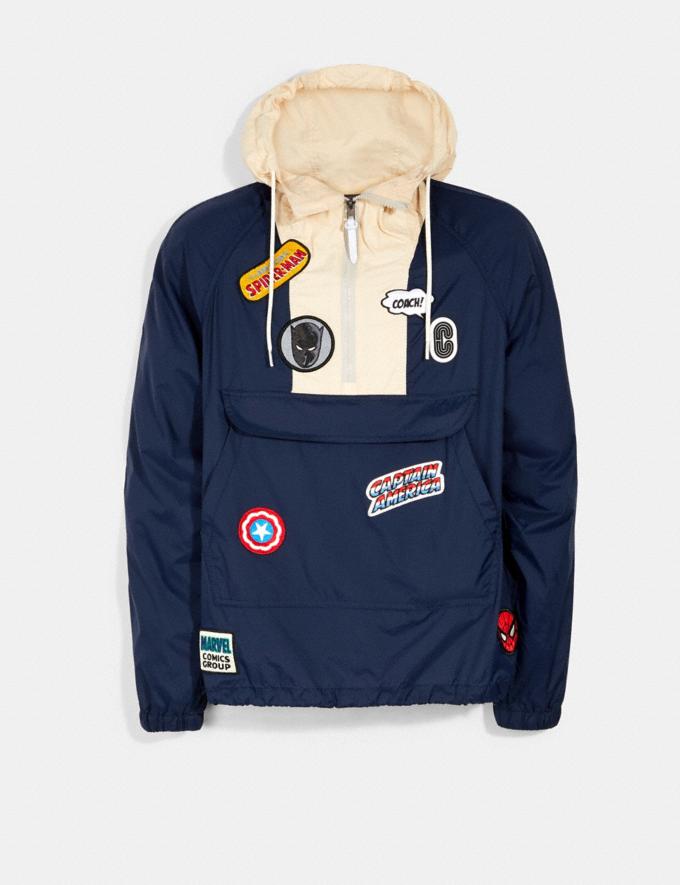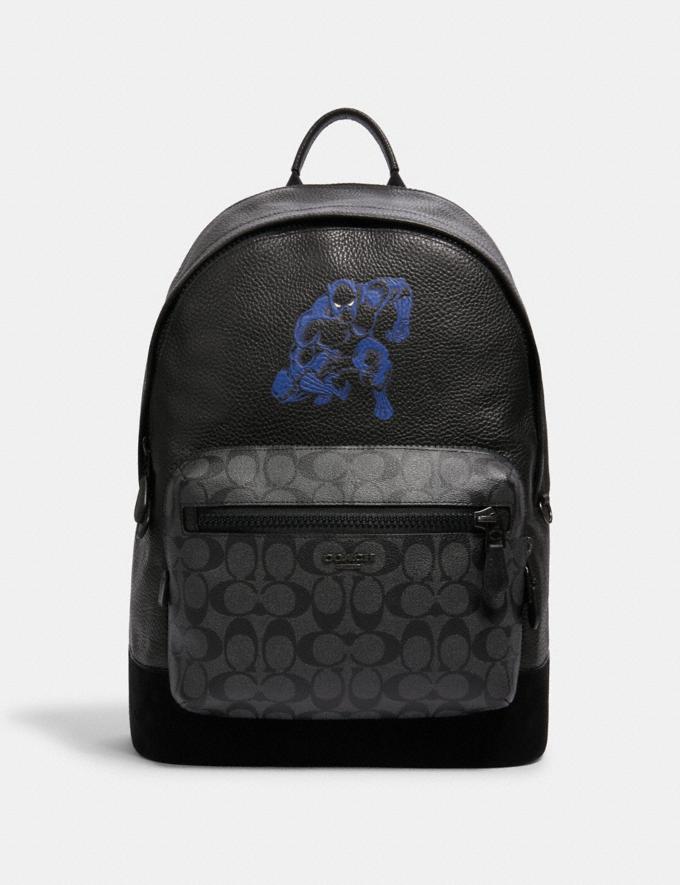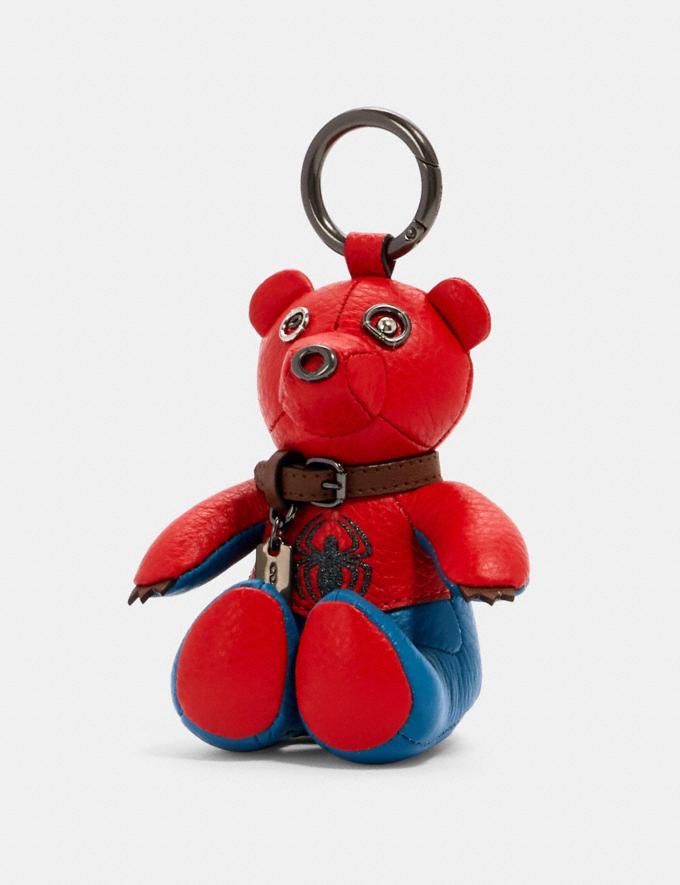This season, brands like Miu Miu and Louis Vuitton set up virtual front rows to allow their most loyal (and influential) fans to not only watch them present their spring ‘21 collections from home but also to be seen by all (including in-person attendees and virtual viewers). Screens were set up around the brand’s respective venues, showing the stars at home. Naturally, for the occasion, celebrities didn’t show up in a lockdown uniform of sweatsuits and heels. Instead, they appeared dressed head-to-toe in fashions from their favorite labels. Newly engaged Nicola Peltz and Emma Chamberlain got dolled up as they normally would for Louis Vuitton, as did Storm Reid, Gabrielle Union, and Beanie Feldstein for Miu Miu. All in all, we still got to see the front row regulars dressed to the nines at Paris Fashion Week — they were maybe just a bit more... pixelated than we’re used to.
Ahead, check out the best-dressed celebrities from Paris Fashion Week: at-home edition.
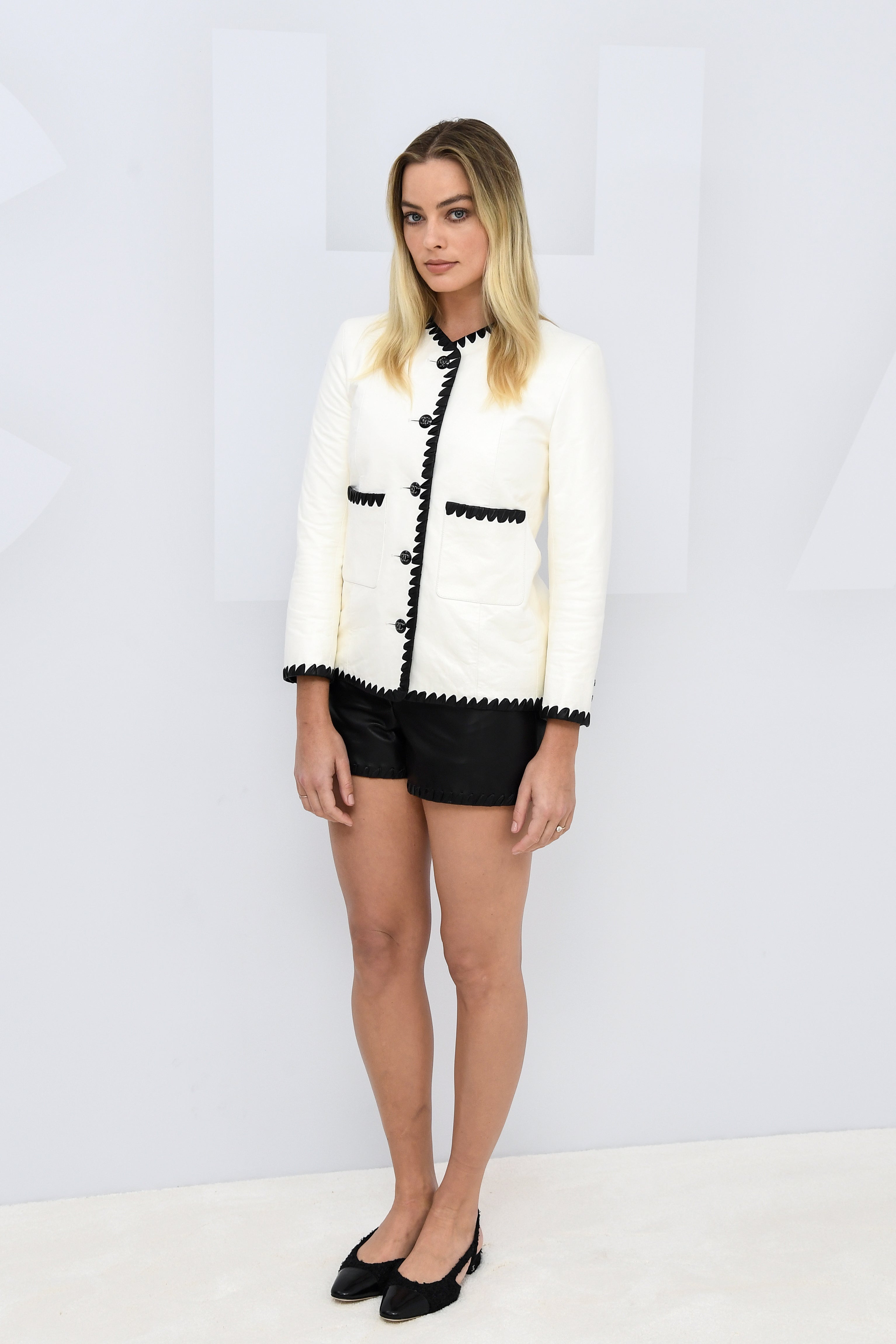
Margot Robbie, Chanel
It might look like Margot Robbie was actually at Chanel's show in Paris this week, but, in reality, this photo was taken remotely — which begs the question: How do we get our hands on our own giant Chanel backdrop?
Camila Morrone, Chanel
Valley Girl remake actress Camila Morrone went classic black-and-white to watch the spring '21 Chanel show from home in L.A.
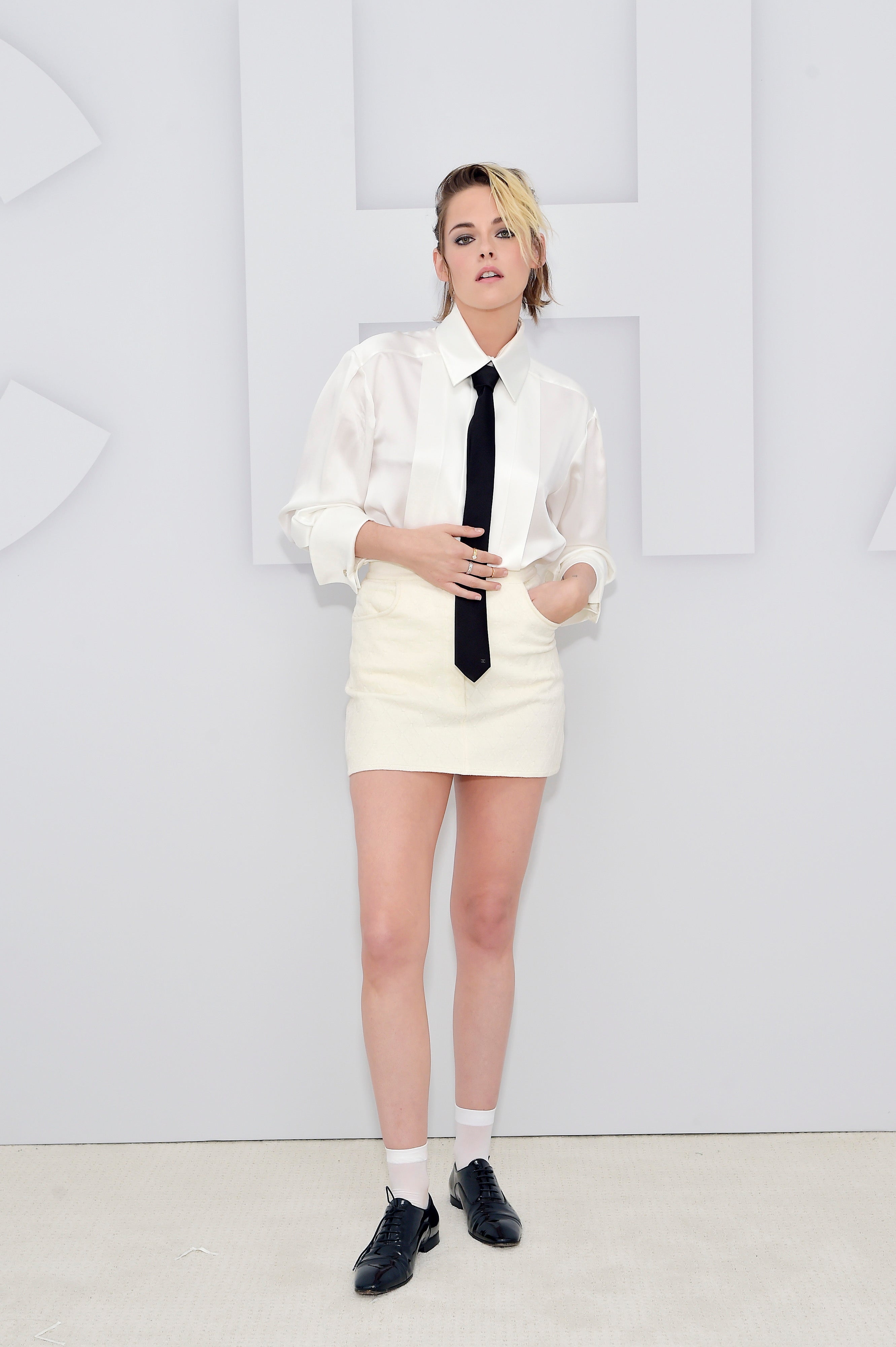
Kristen Stewart, Chanel
Like Robbie, Kristen Stewart also got dressed up to pose as if she was actually at the Chanel show in this back-to-school inspired look.
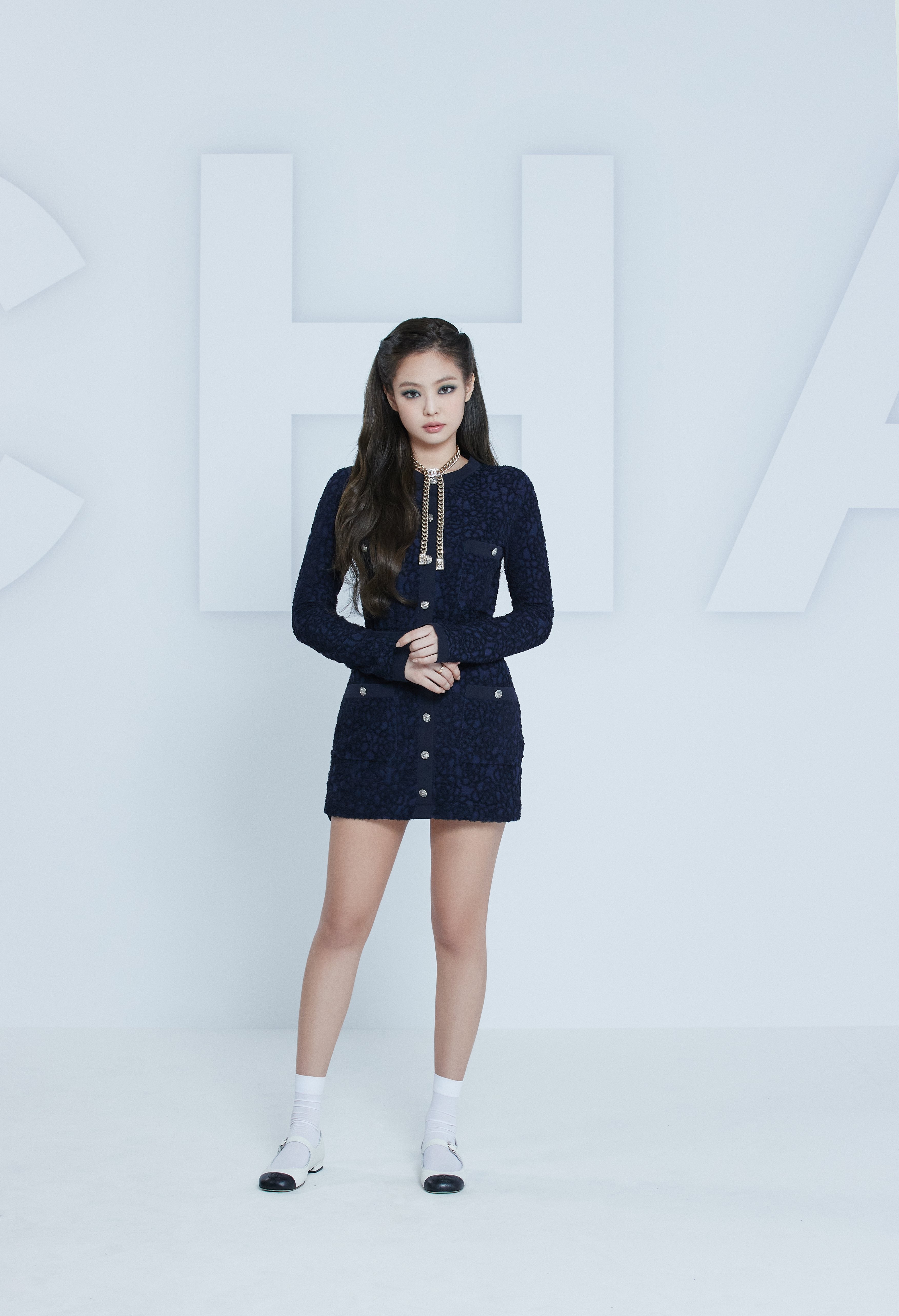
Jennie Kim, Chanel
Blackpink singer Jennie Kim wore the little tweed dress of our dreams this week while virtually attending the Chanel show. With the long-sleeved, navy blue dress, she wore white Mary-Janes, white socks, and a thick, gold chain necklace.
Jessy Barden, Chanel
The End of the F***ing World star Jessy Barden is usually a regular front-row attendee for shows like Chanel and Gucci. This year, though, she chose to, instead, dress up in garb from the former label for a shoot in her backyard. (Nice.)
Gabrielle Union, Miu Miu
In between designing a fashion line for New York & Company, being a mom, and posing for the cover of Marie Claire, Gabrielle Union still found time to get all dressed up for the Miu Miu show this week.
Beanie Feldstein, Miu Miu
Miu Miu and Beanie Feldstein pretty much go hand-in-hand. The Booksmart actress wore Miuccia Prada's youthful label to the 2020 Oscars and also regularly attends the brand's fashion week shows. Now, despite being home in her childhood bedroom, she's continuing the streak, by "dressing up as Blair Waldorf," according to her Instagram, in all Miu Miu.
Storm Reid, Miu Miu
Euphoria actress Storm Reid may have just upped her on-screen big sis, Zendaya, in the fashion department with this Miu Miu ensemble for this week's show.
Bel Powley, Miu Miu
Bows, collars, socks, and Oxfords — what more could we ask for from Bel Powley, who watched the Miu Miu show from her kitchen table, according to Instagram.
Emma Chamberlain, Louis Vuitton
Emma Chamberlain, the queen of content, took to her front yard to show off her cream-colored Louis Vuitton puffer, matching padded jeans, and lug-soled loafers.
Nicola Peltz, Louis Vuitton
Even lounging on the floor at home, Nicola Peltz looks perfect. The occasion? Watching Louis Vuitton's spring '21 collection online. Also, can we take a second to appreciate these pants? Like, damn.
Like what you see? How about some more R29 goodness, right here?
The Trends Of PFW Married Beauty & Function

